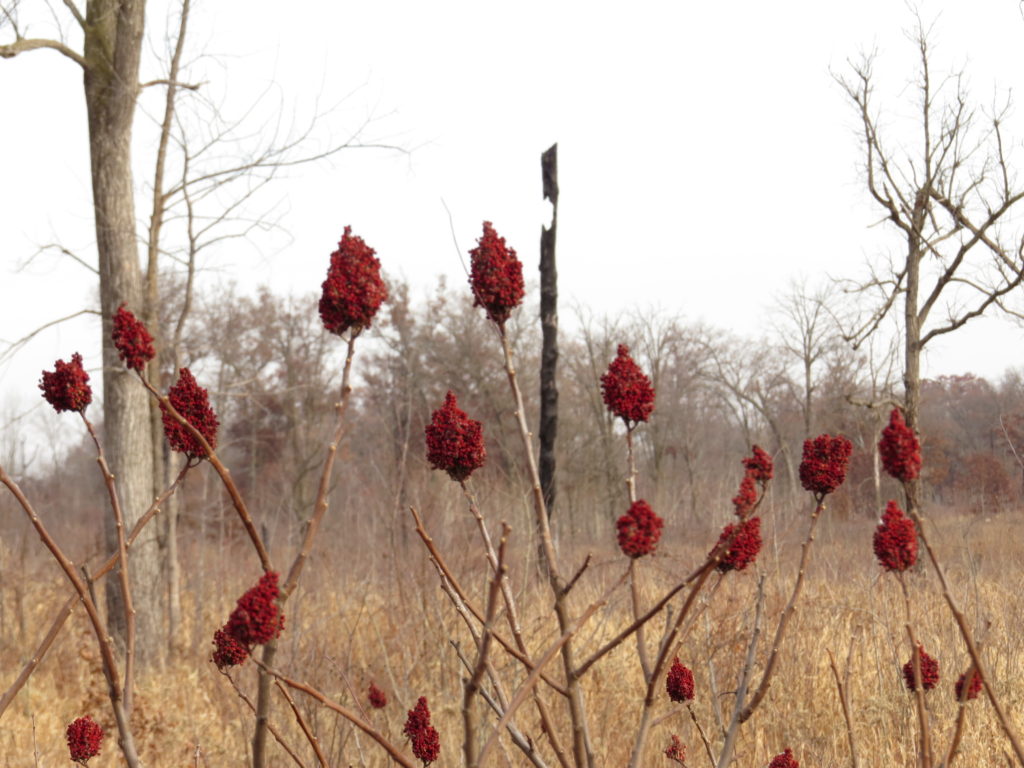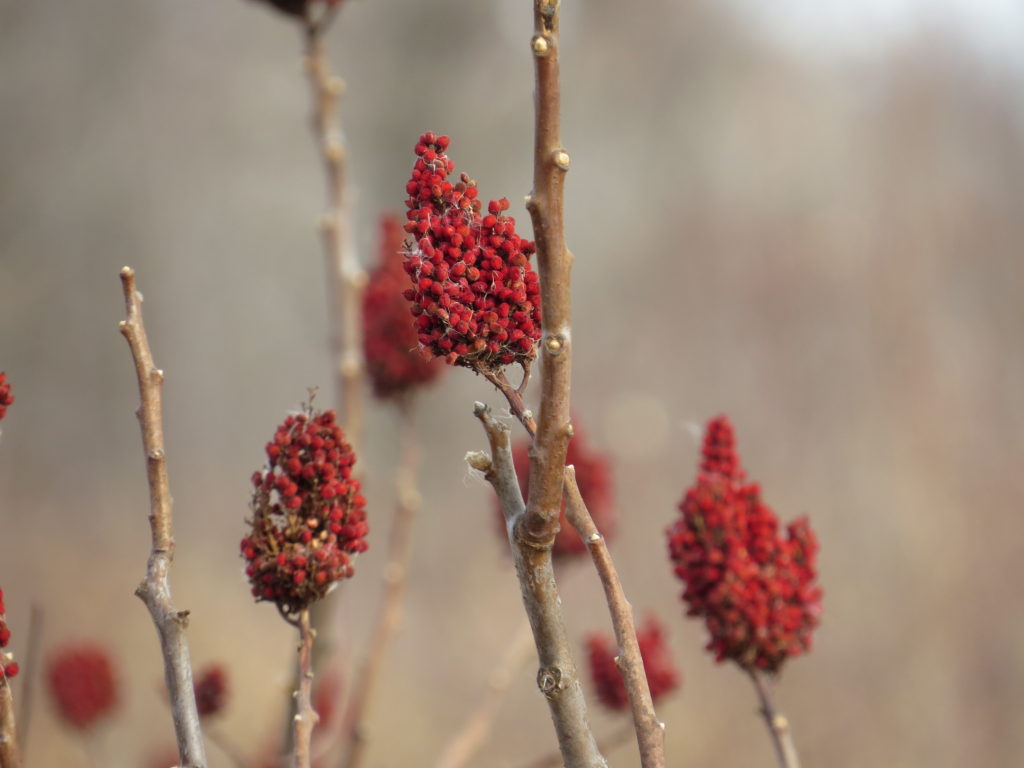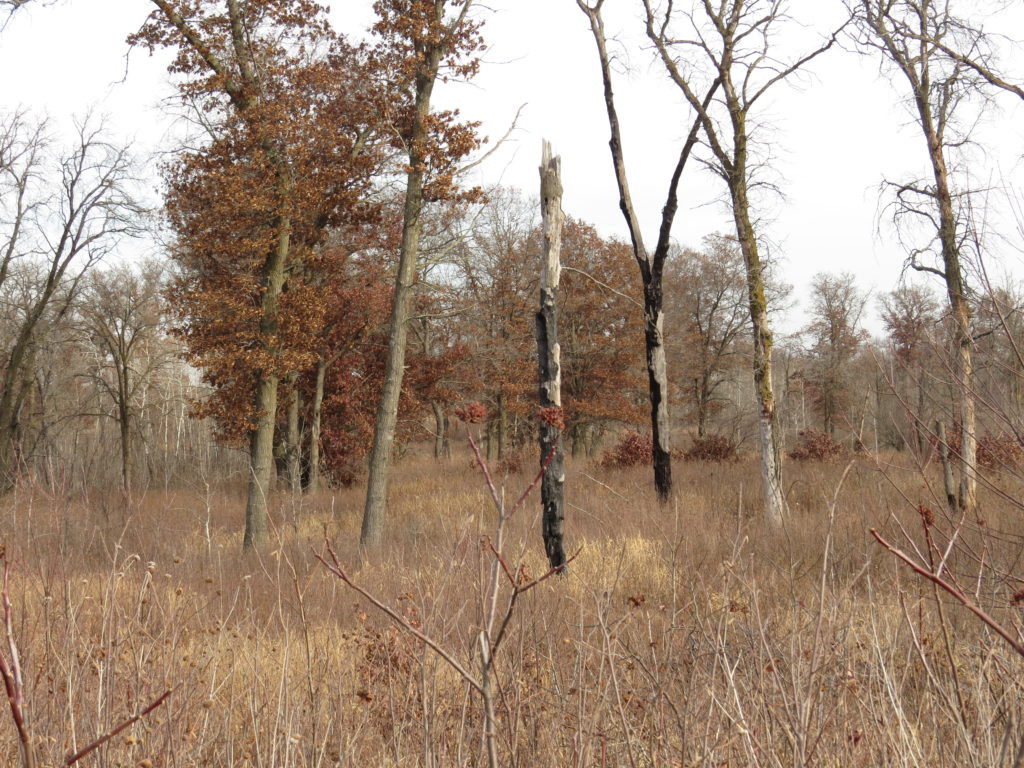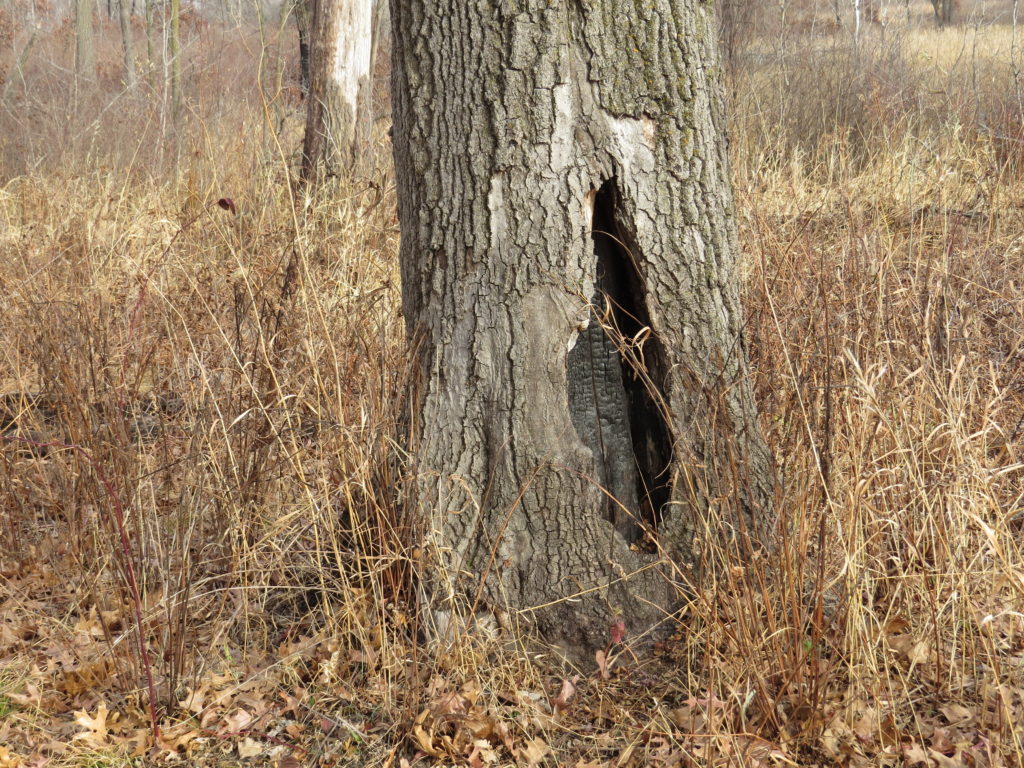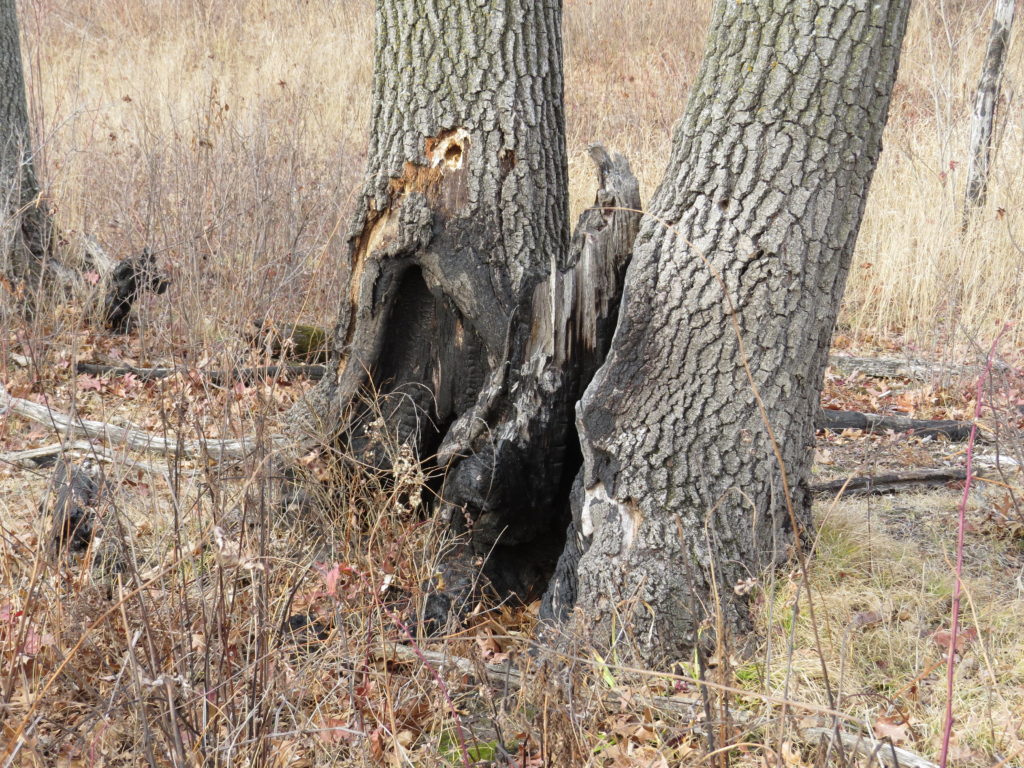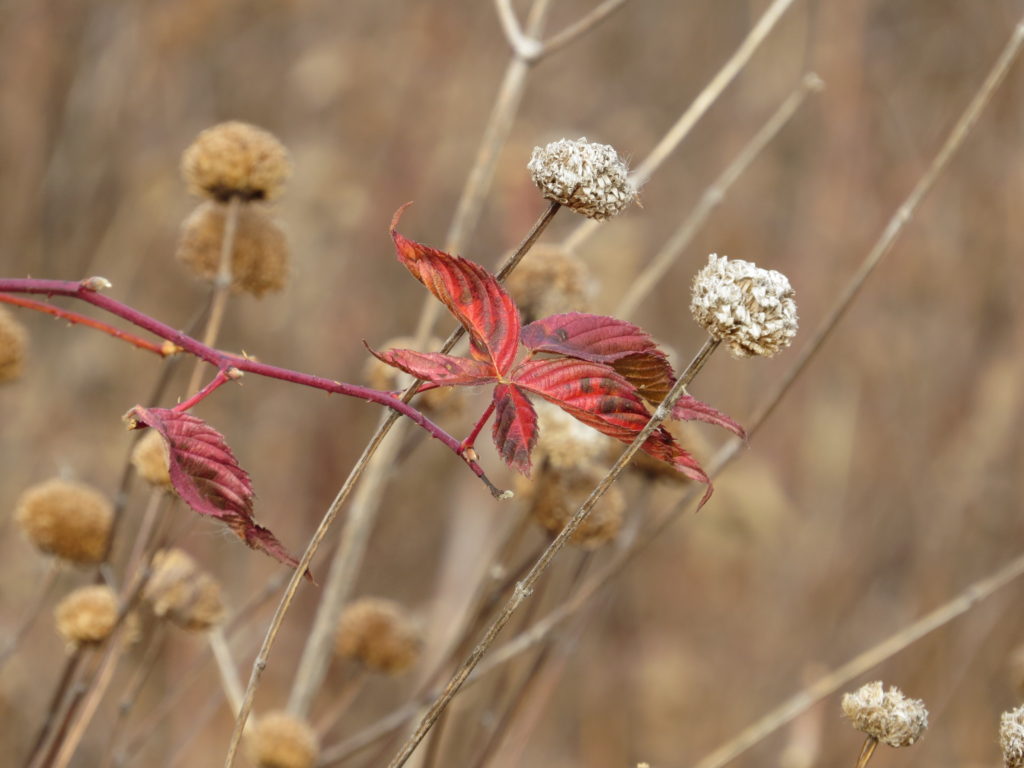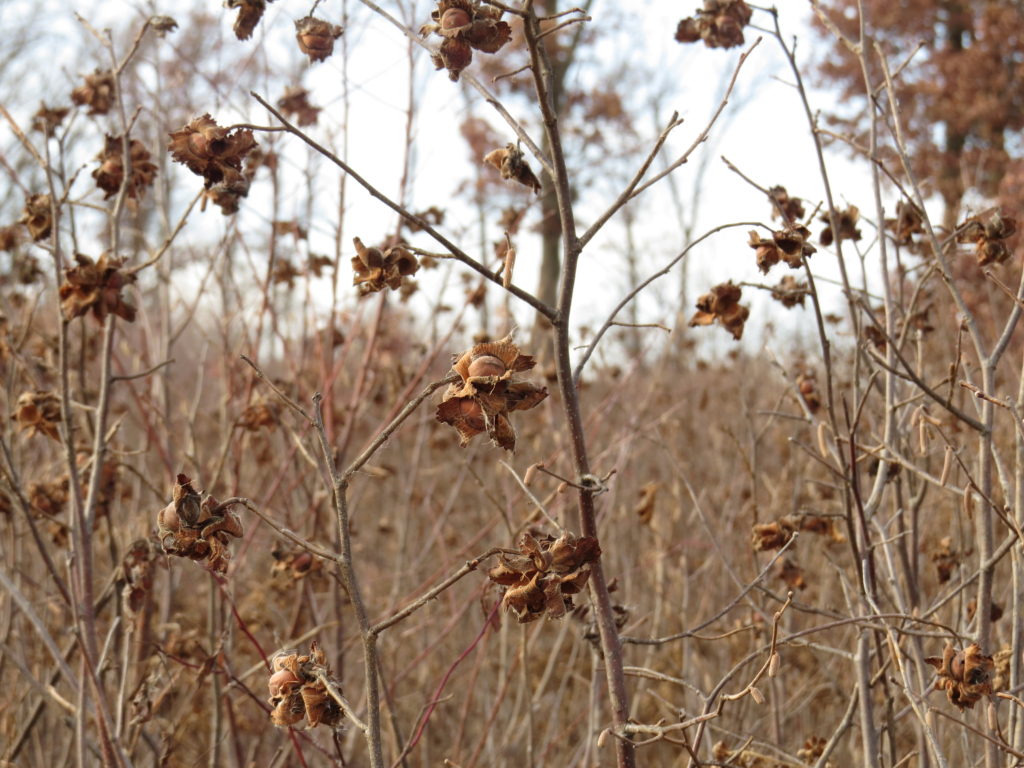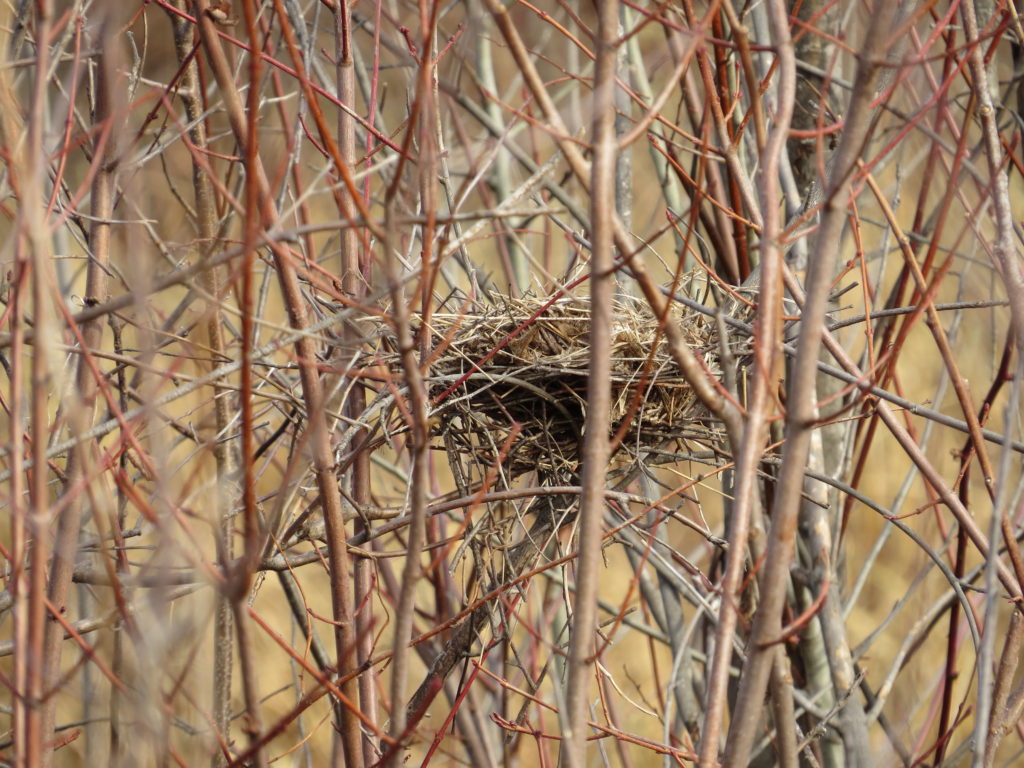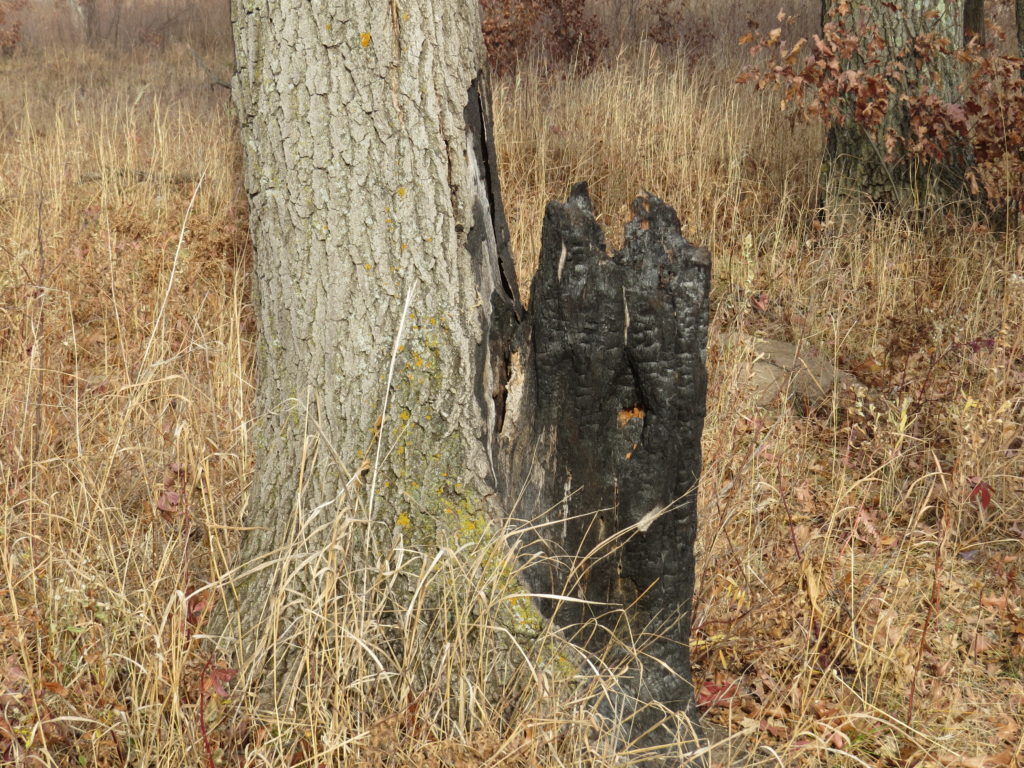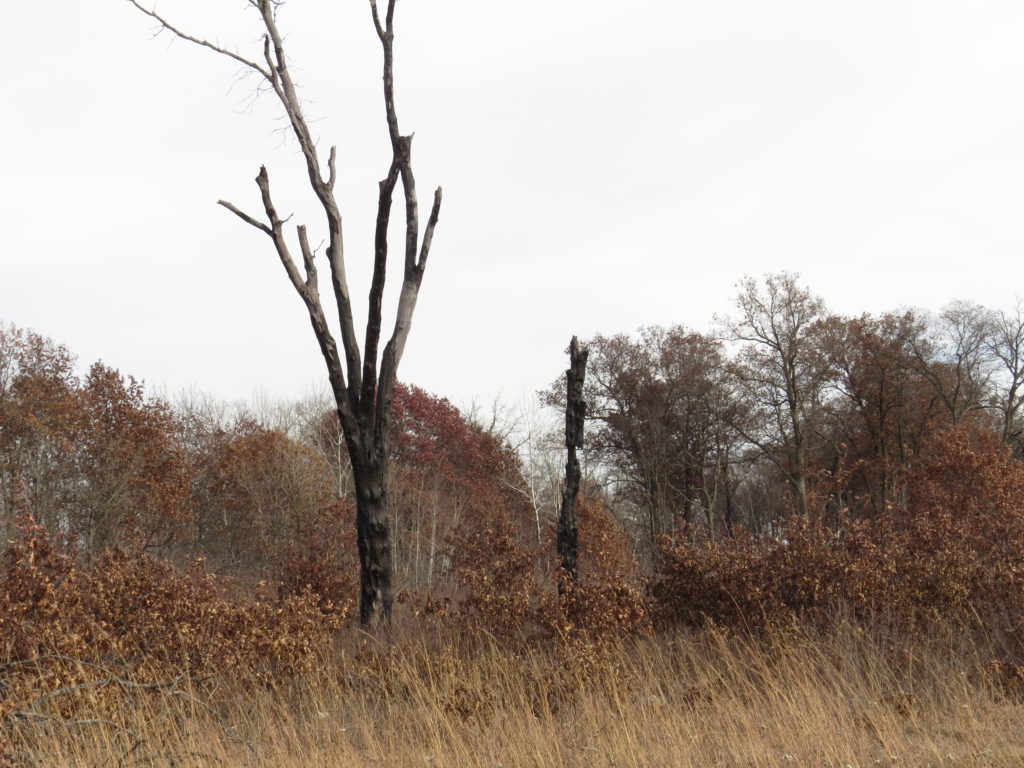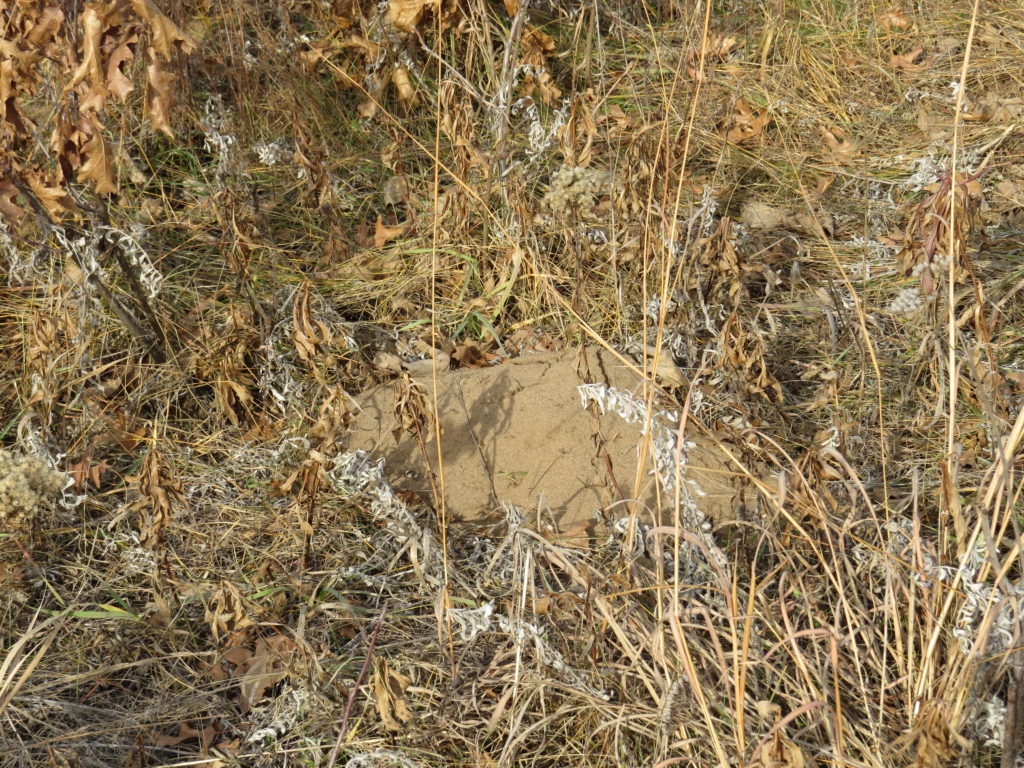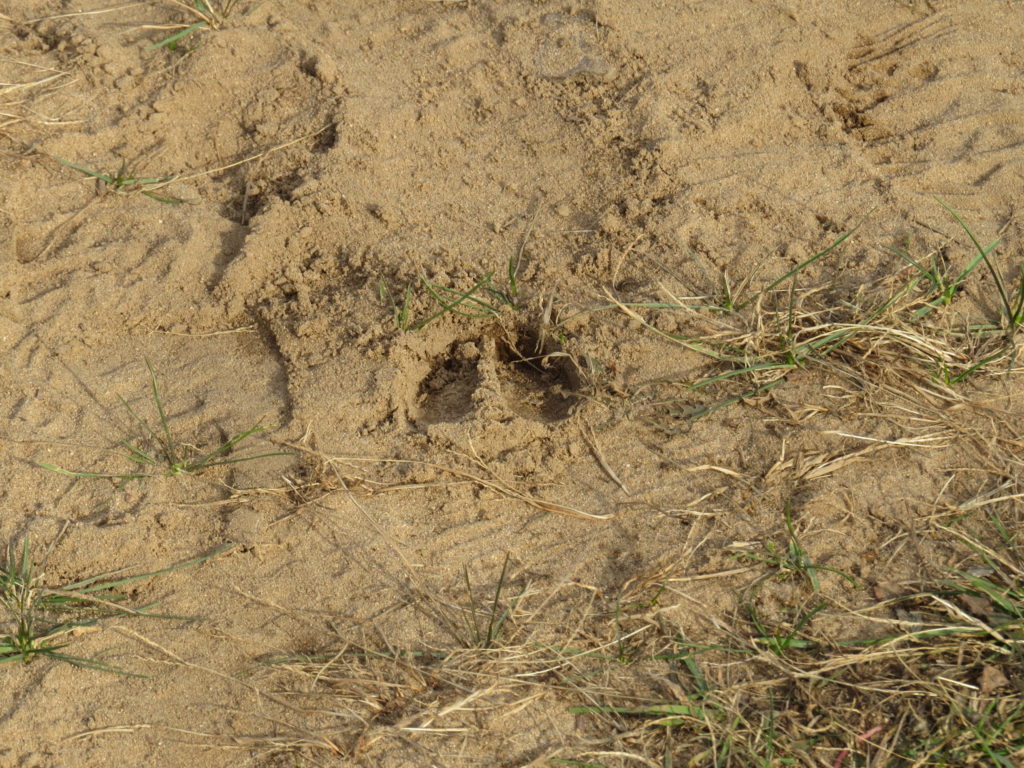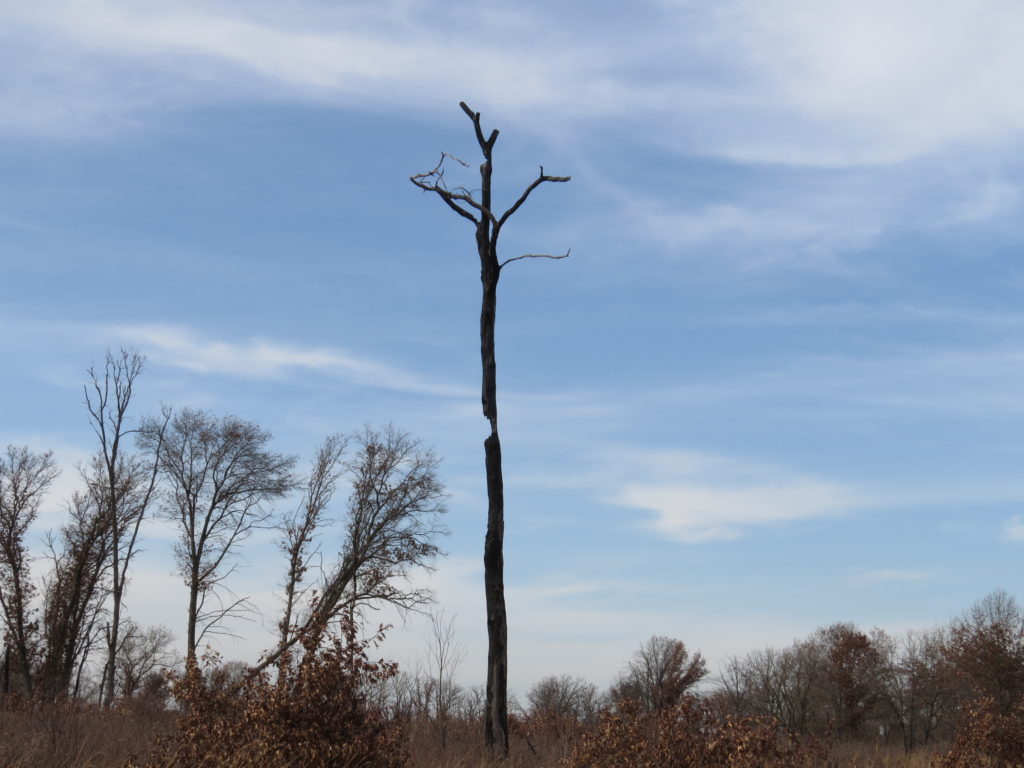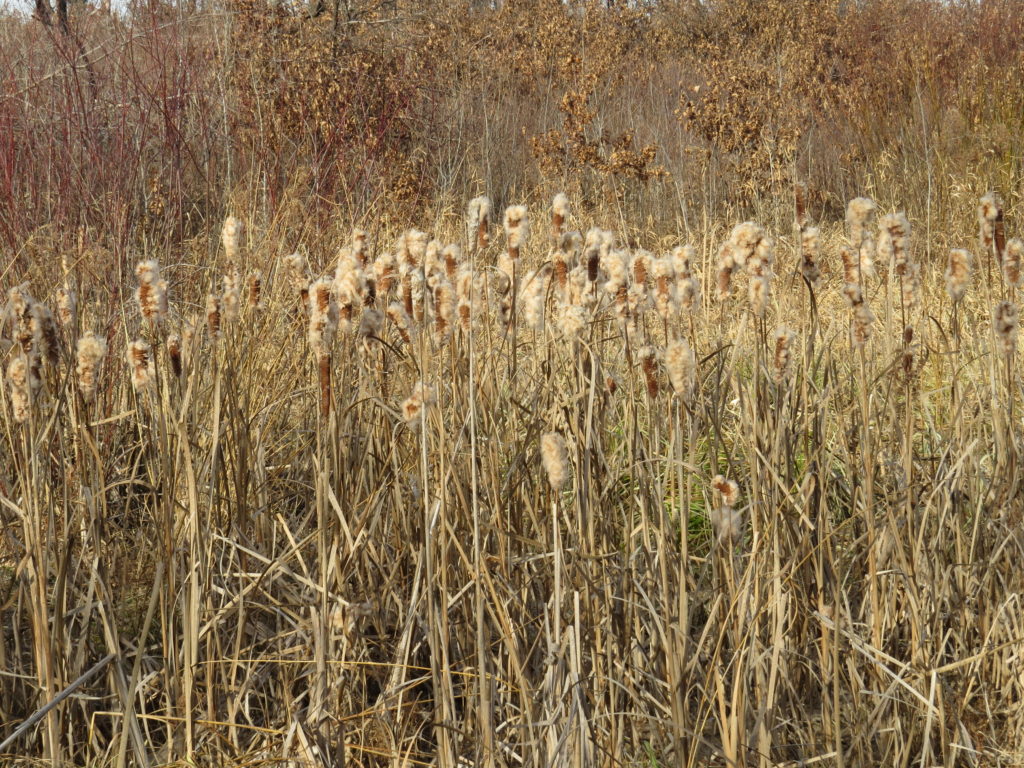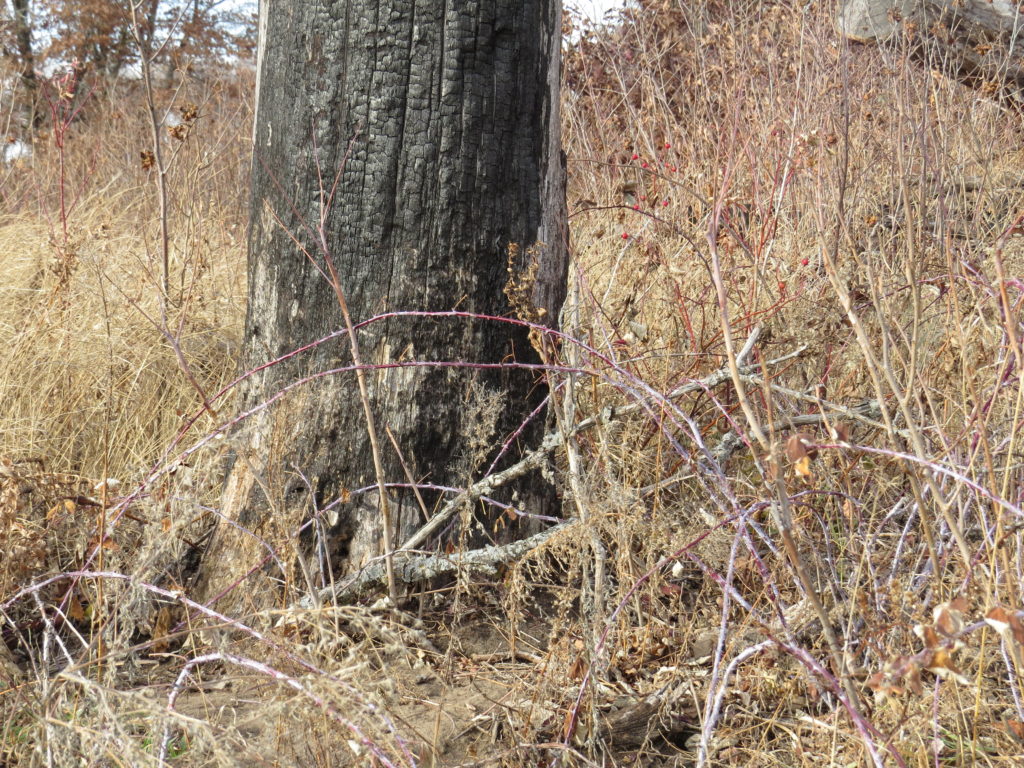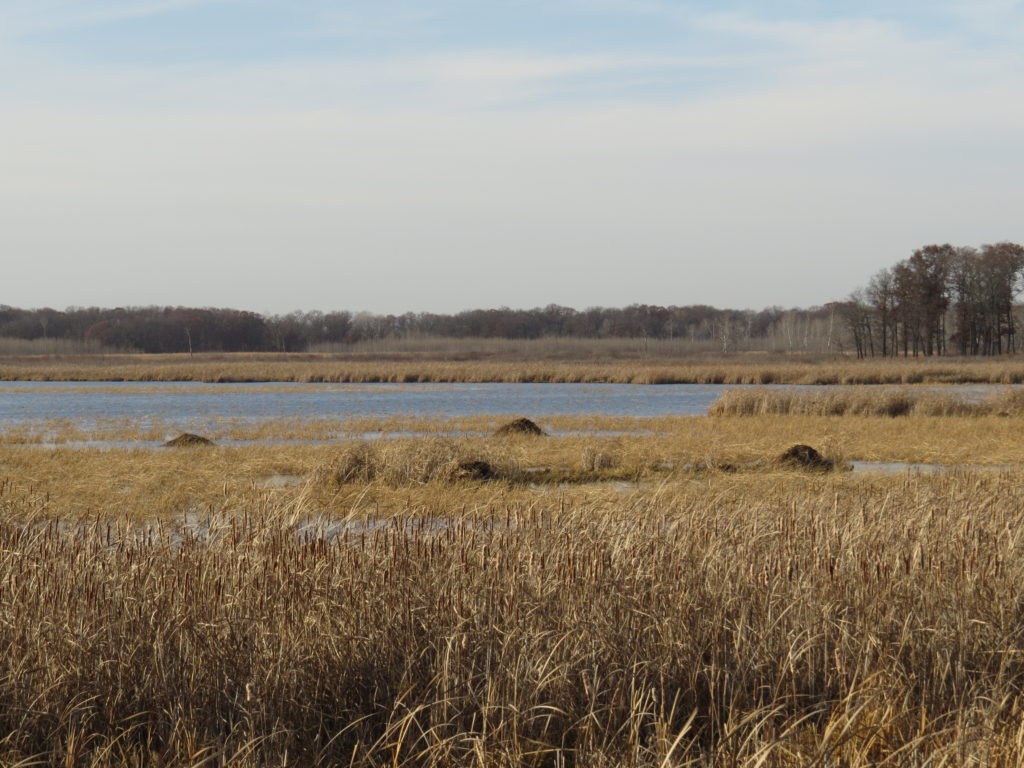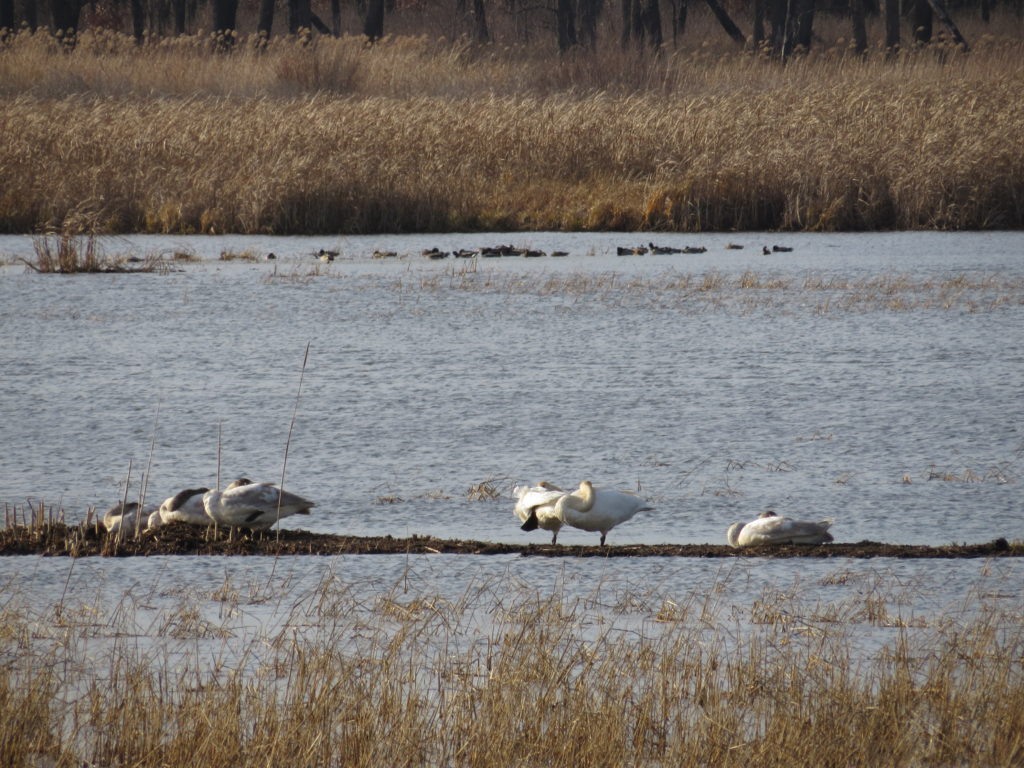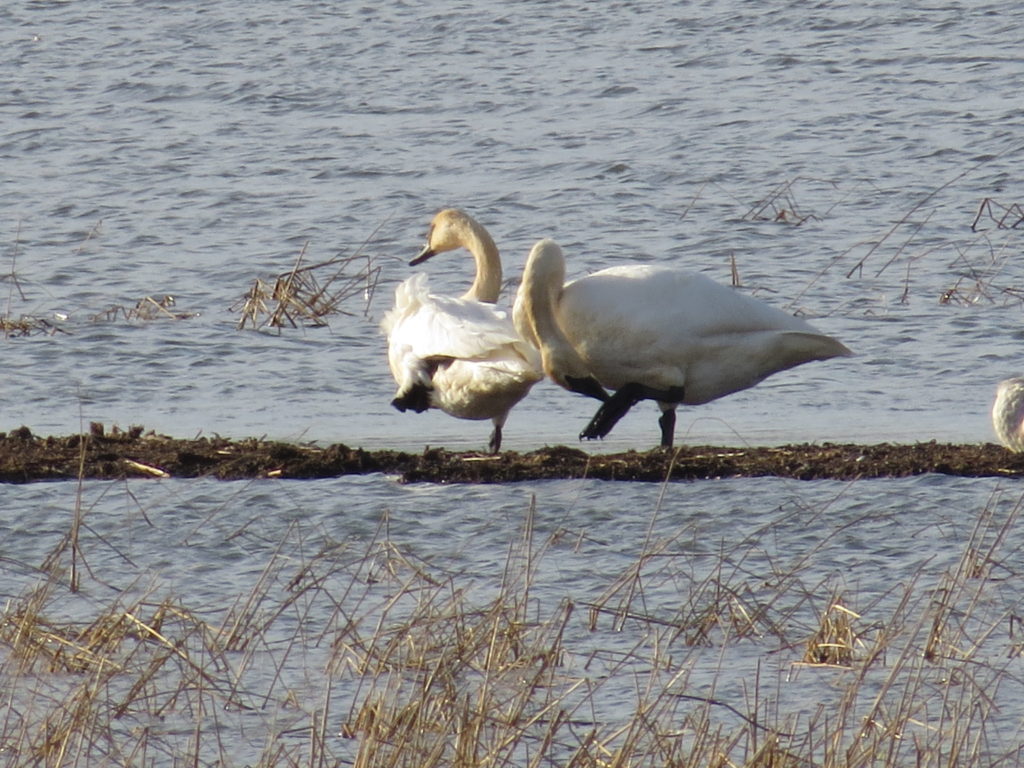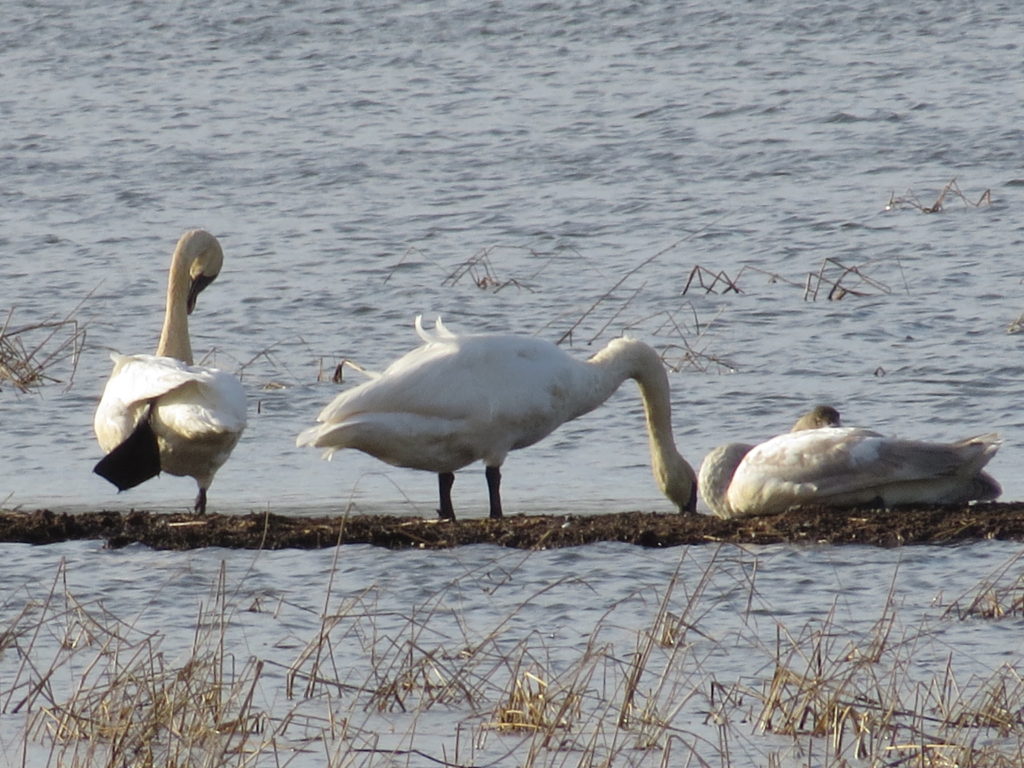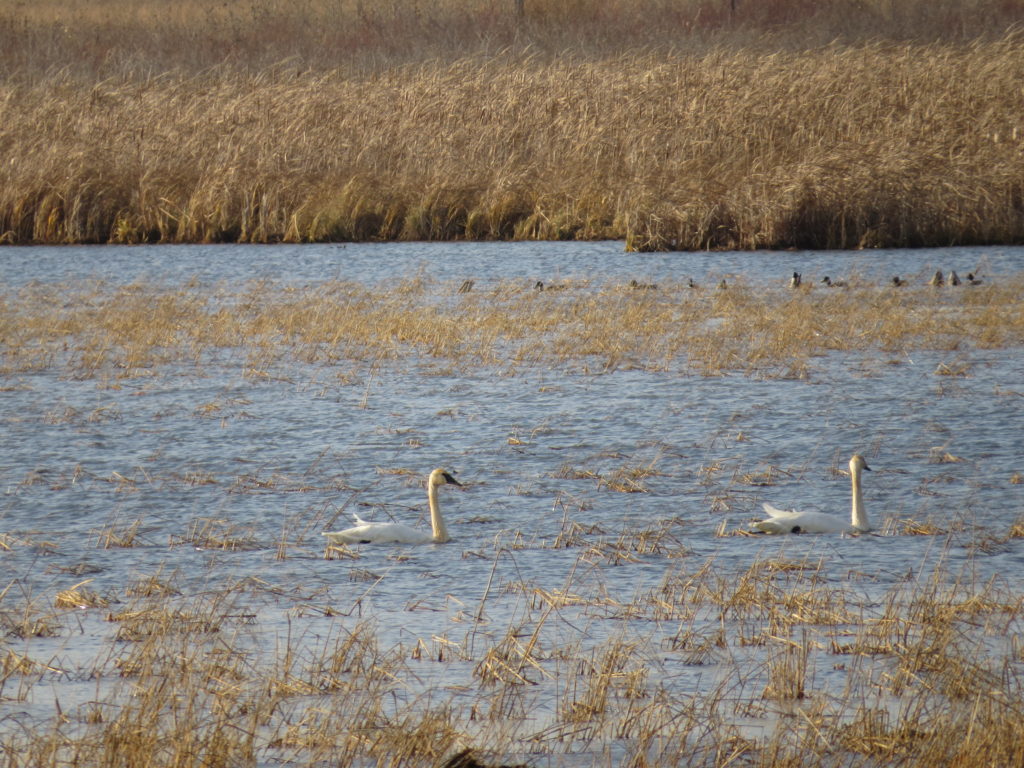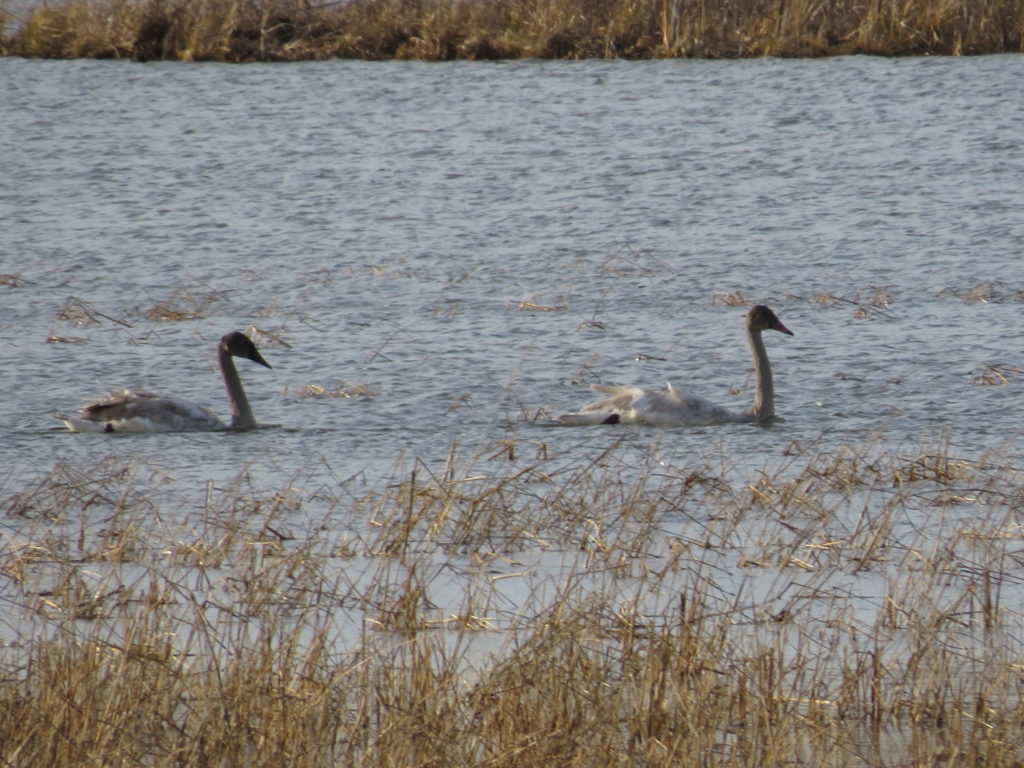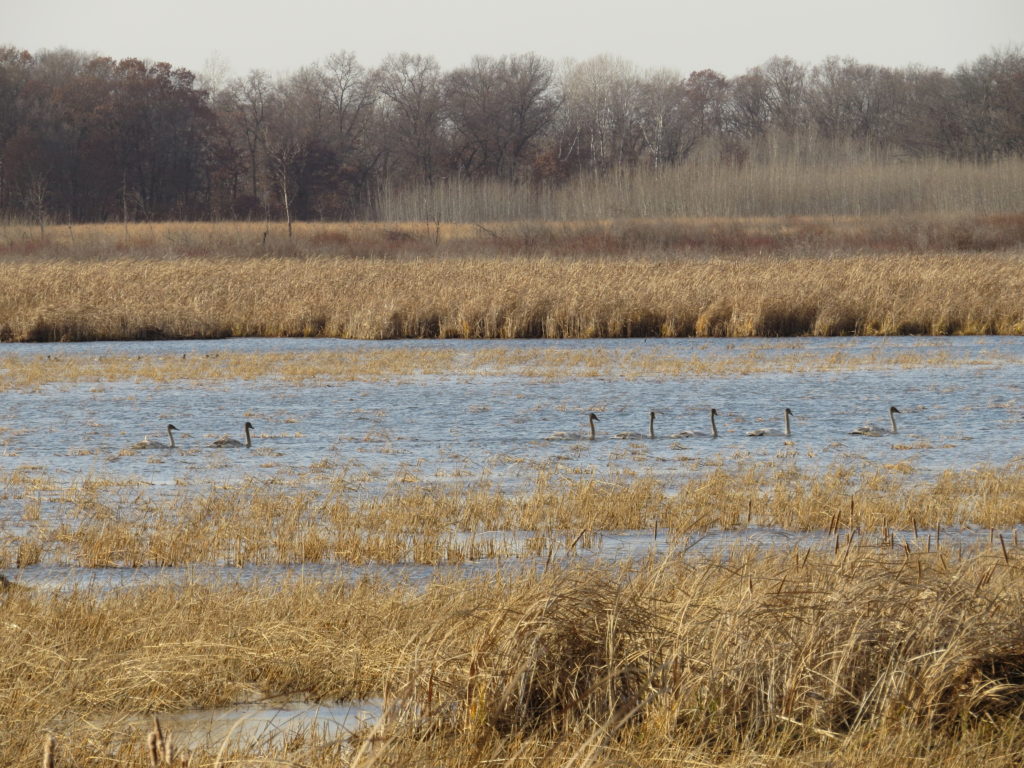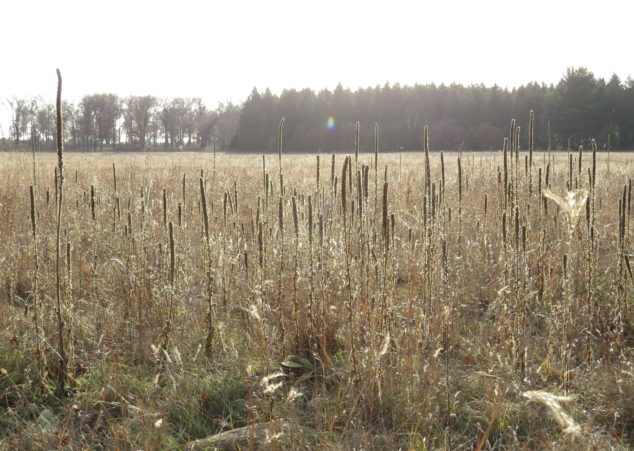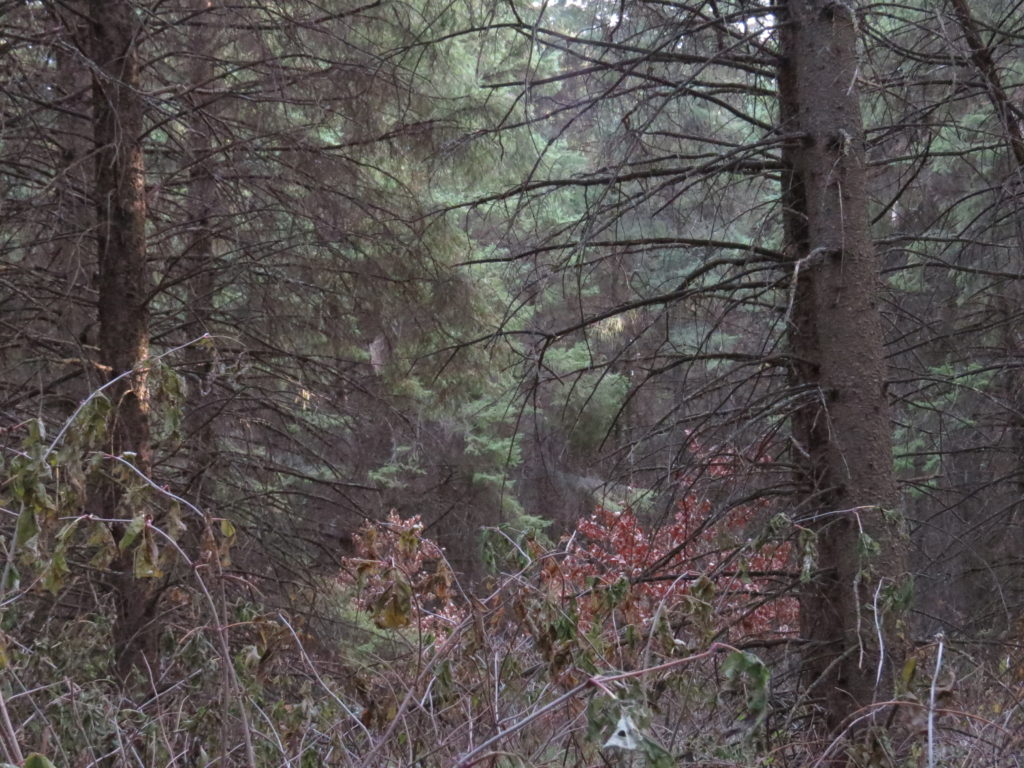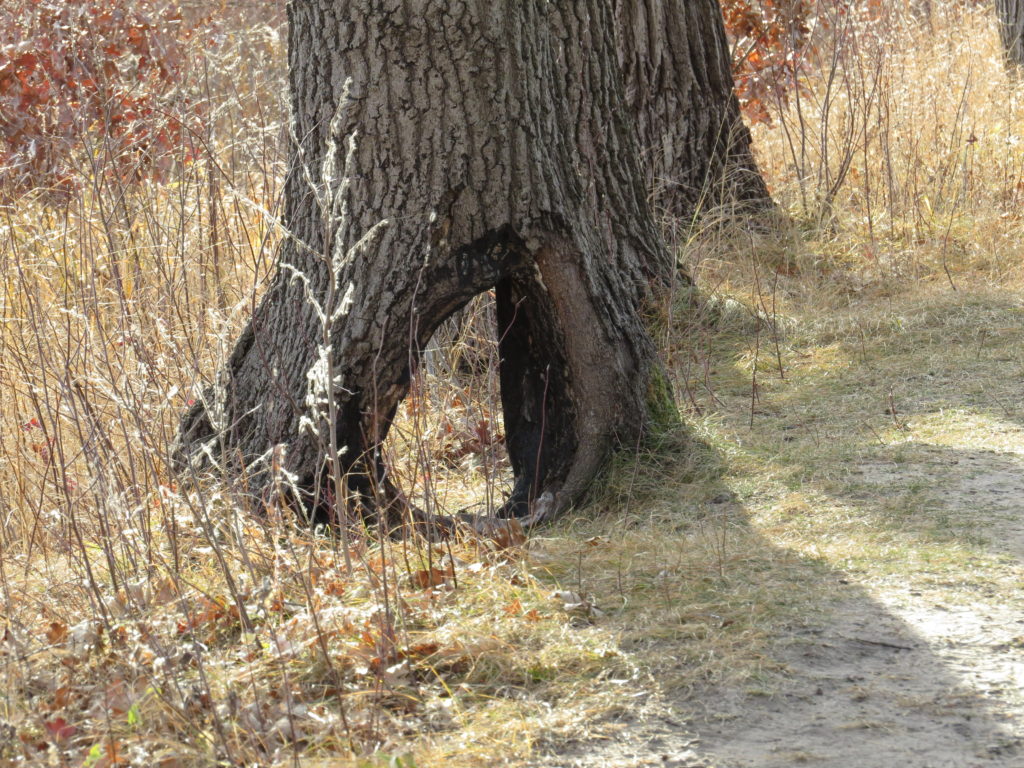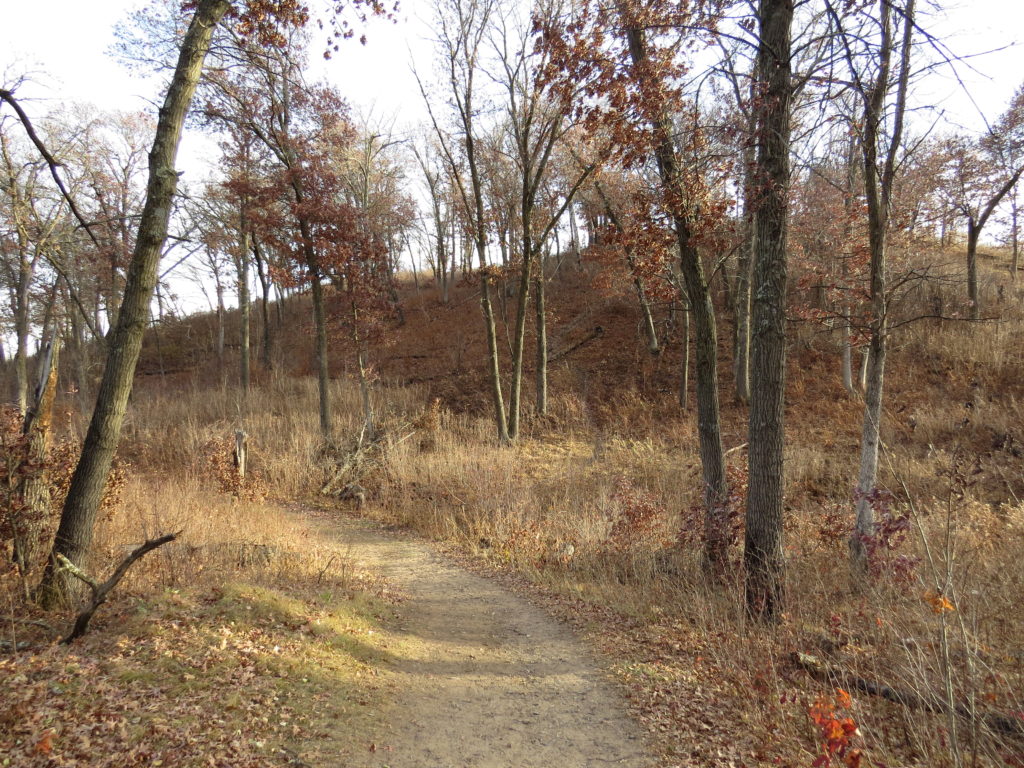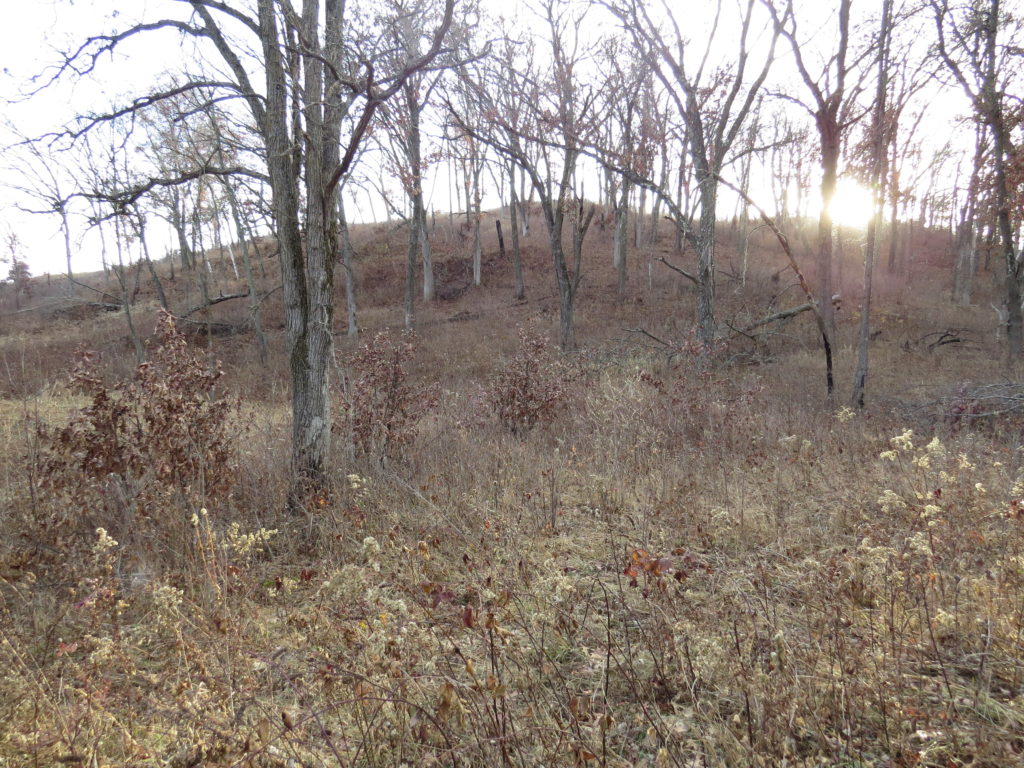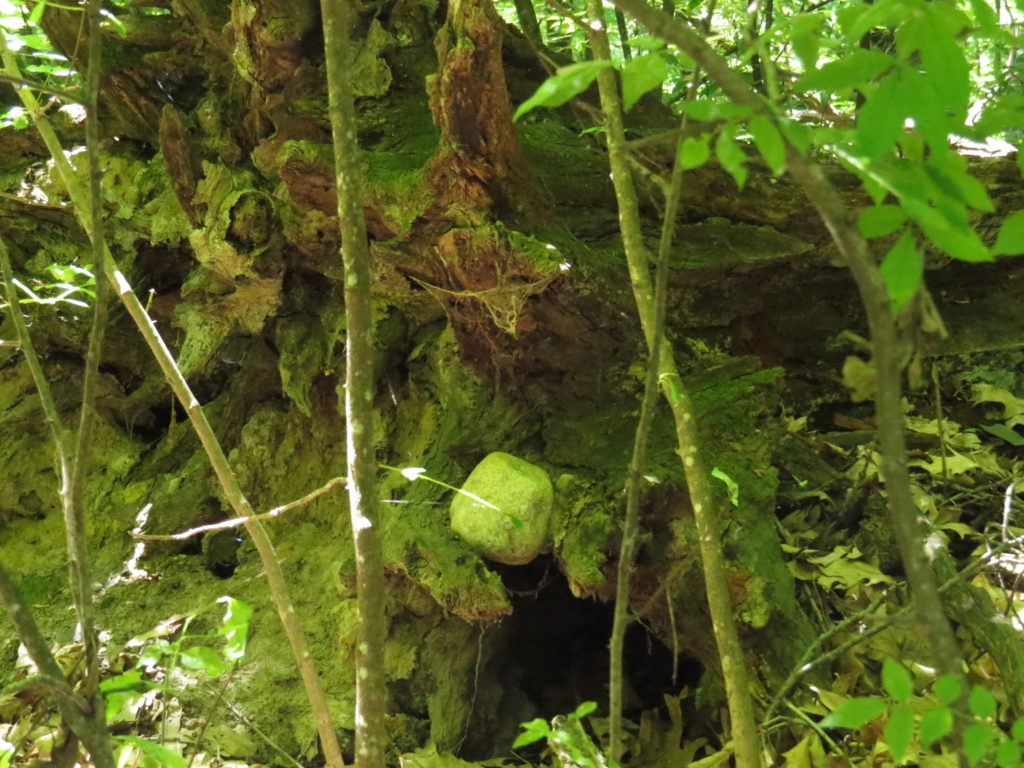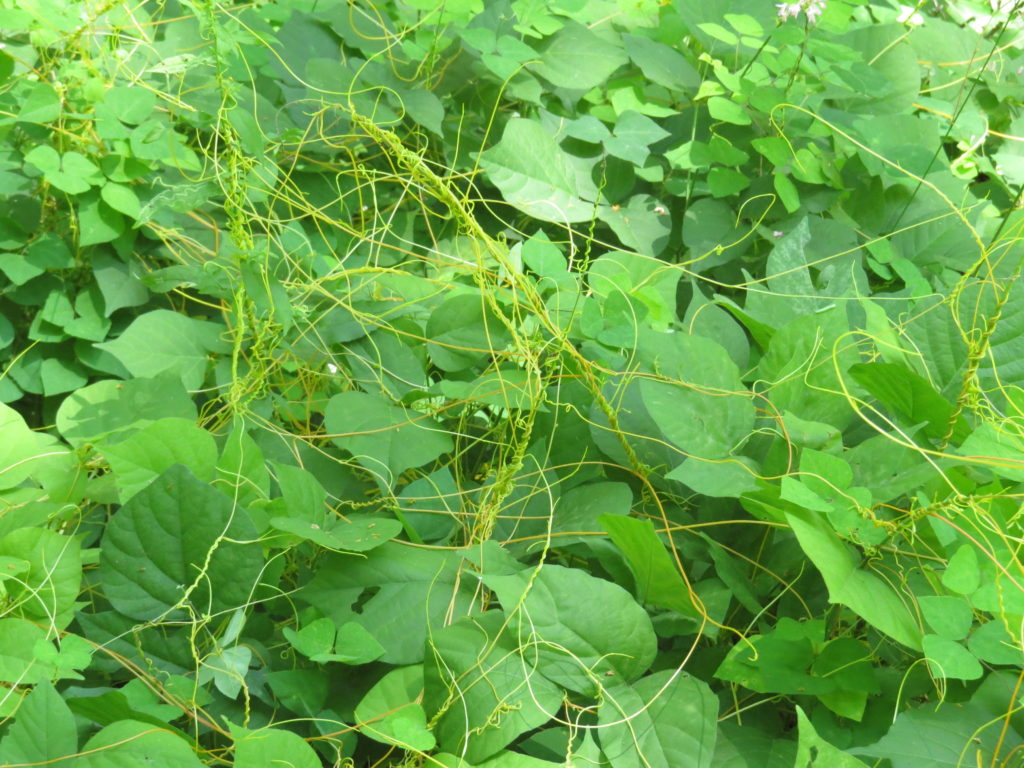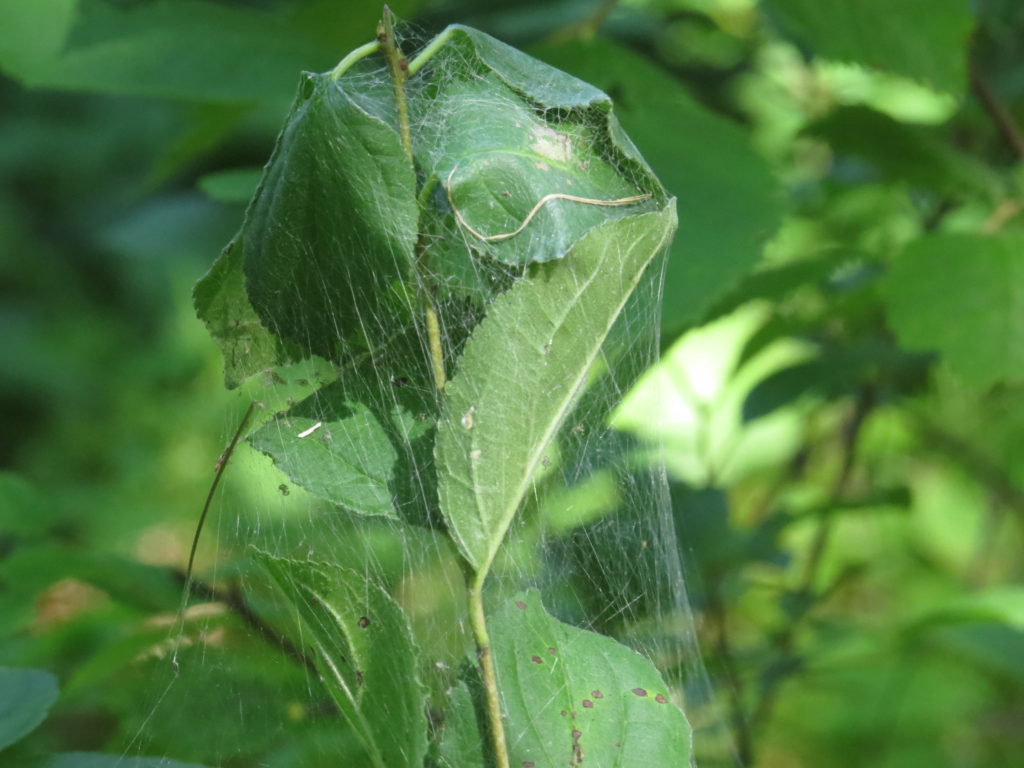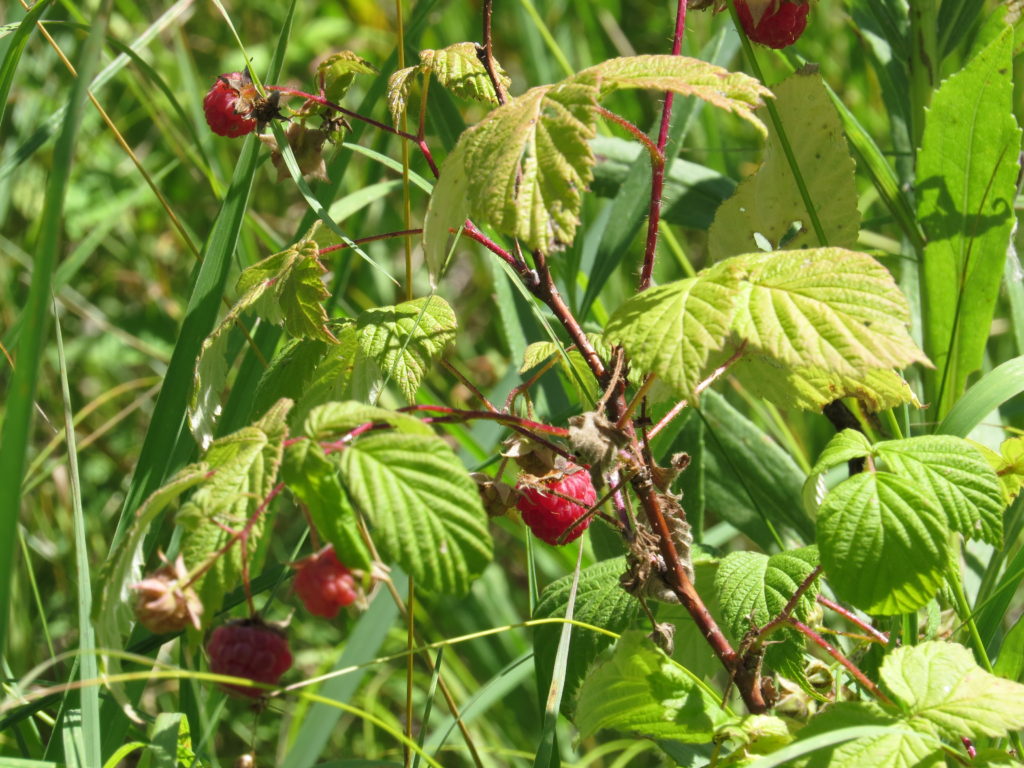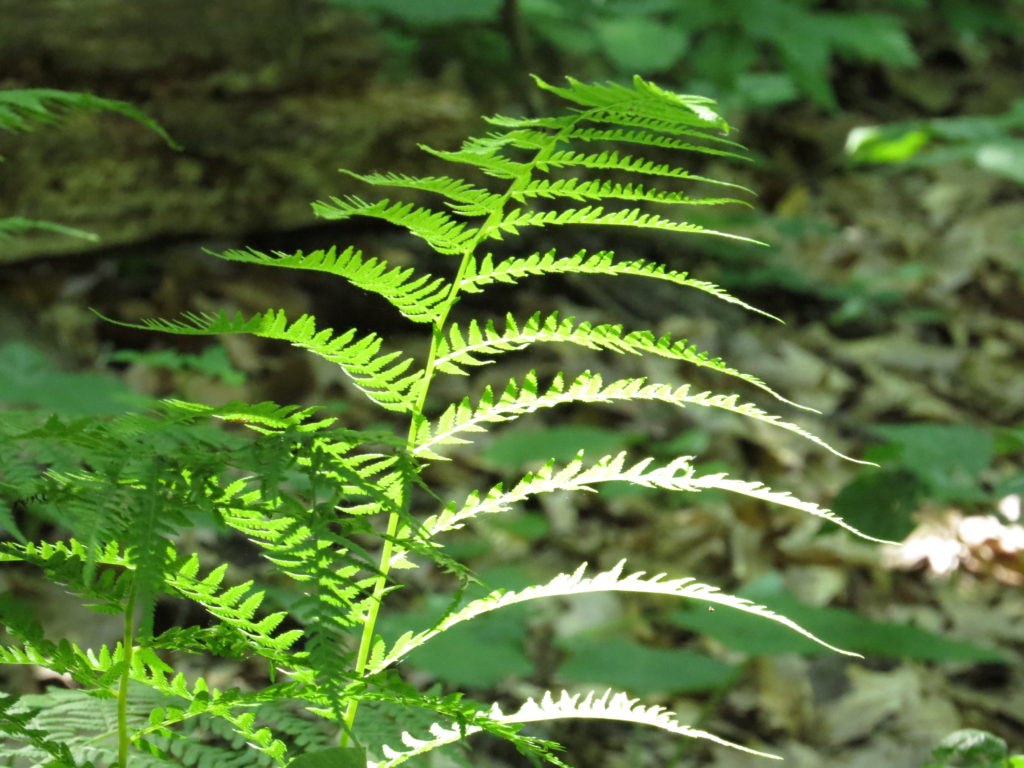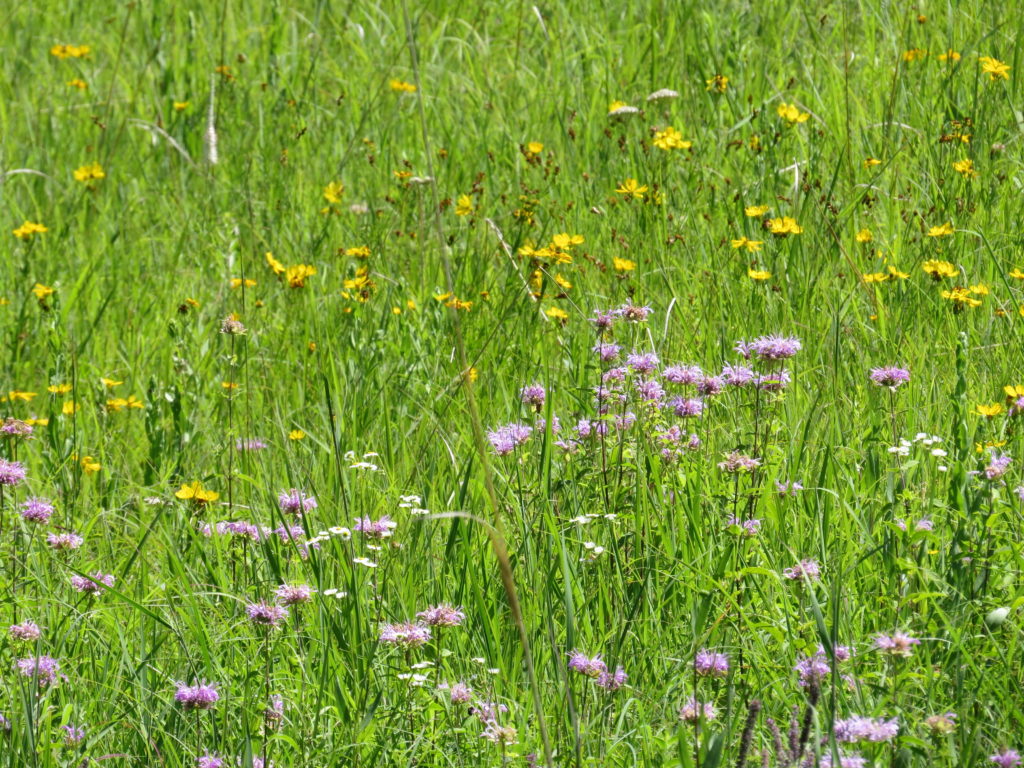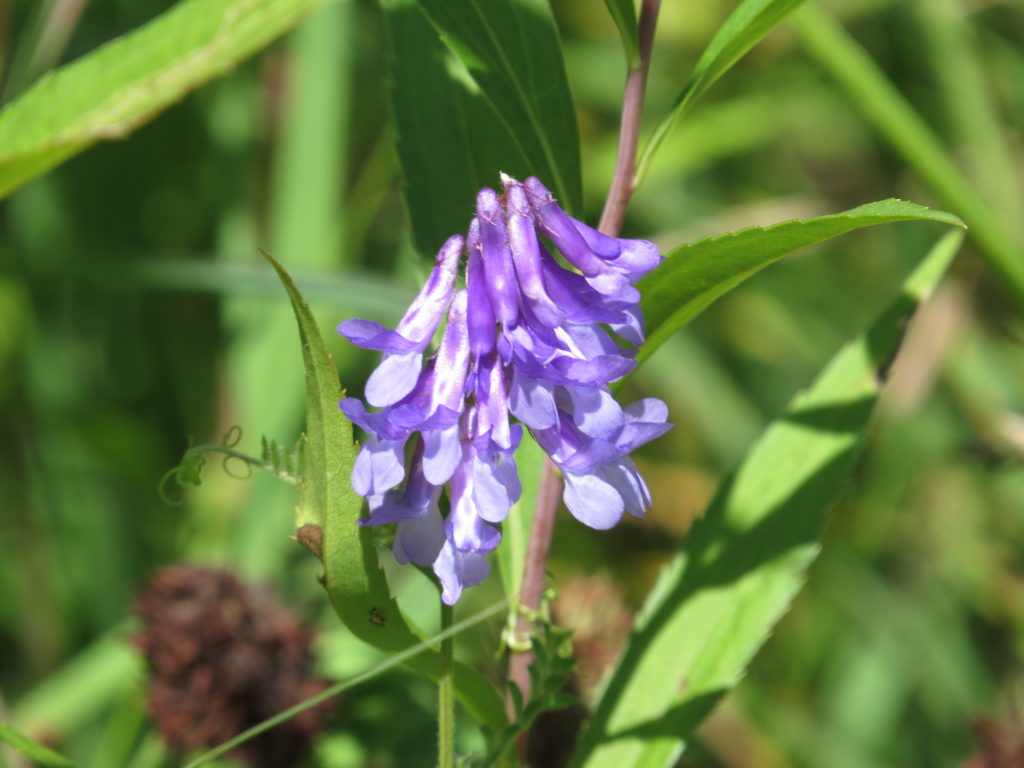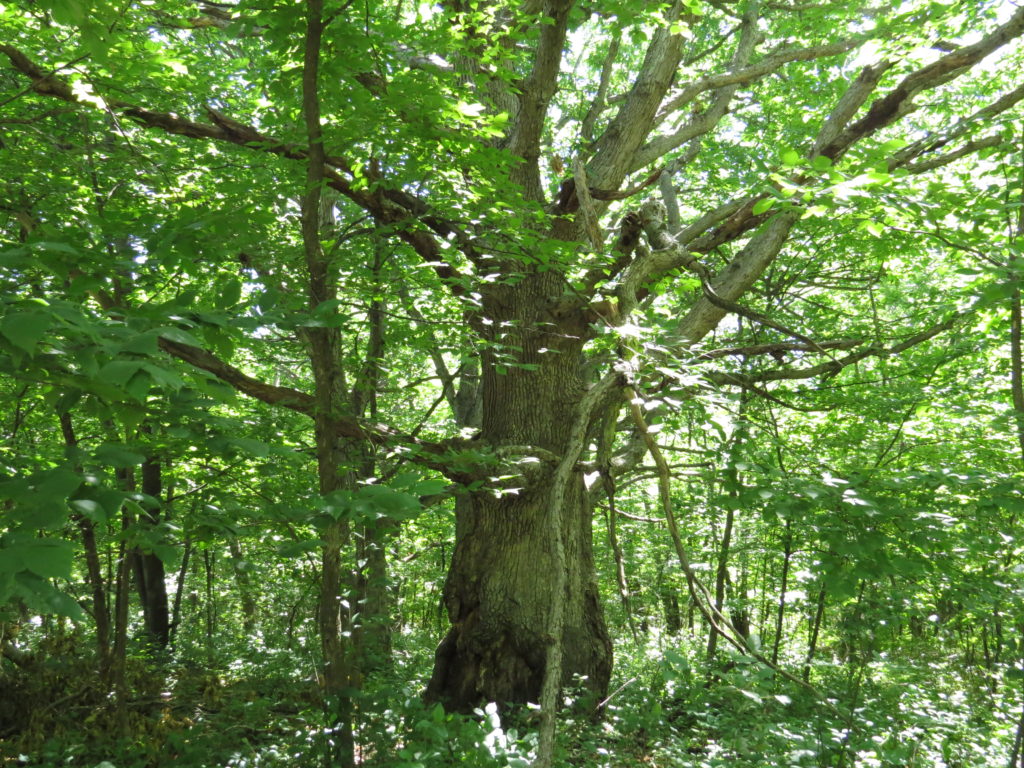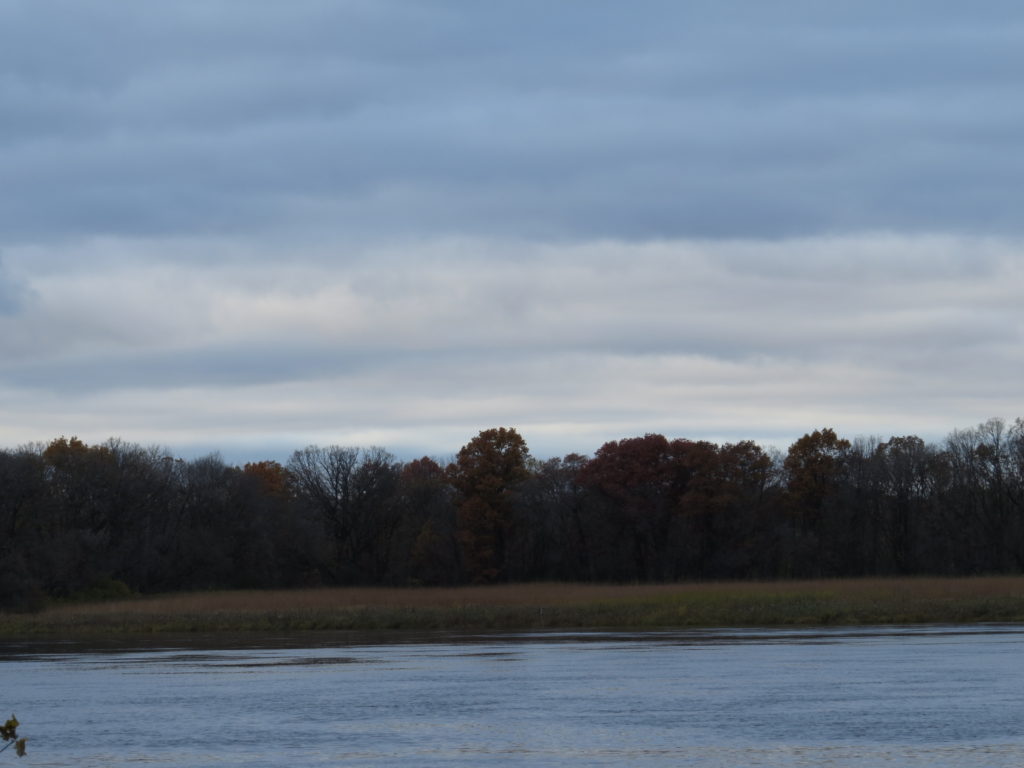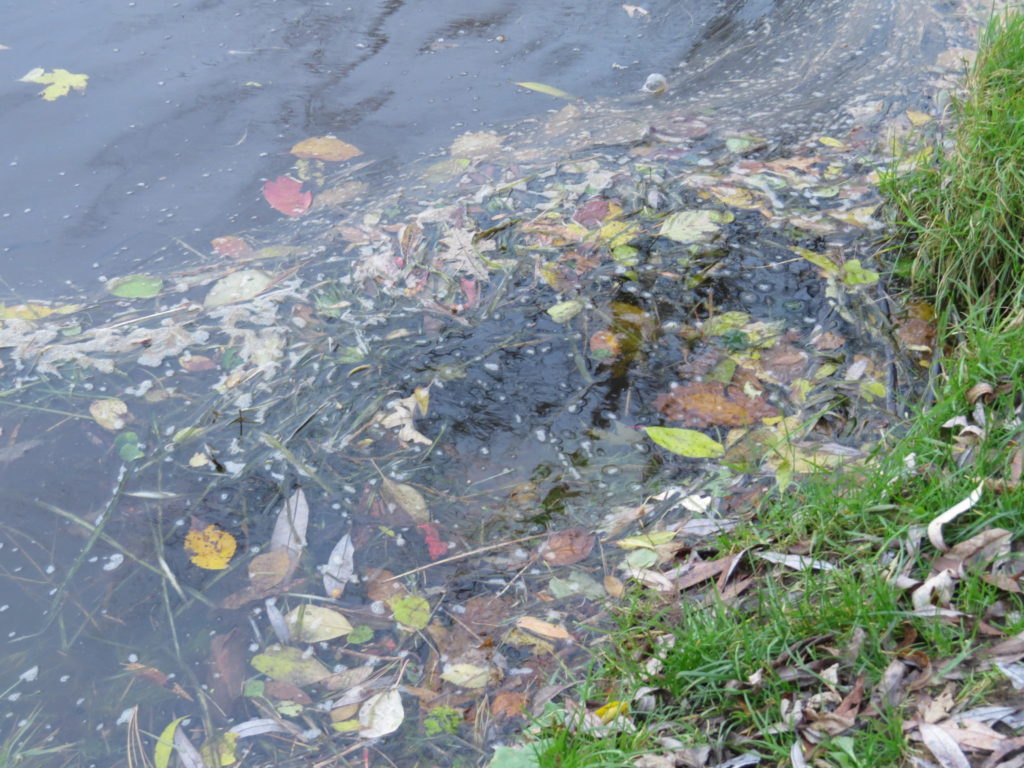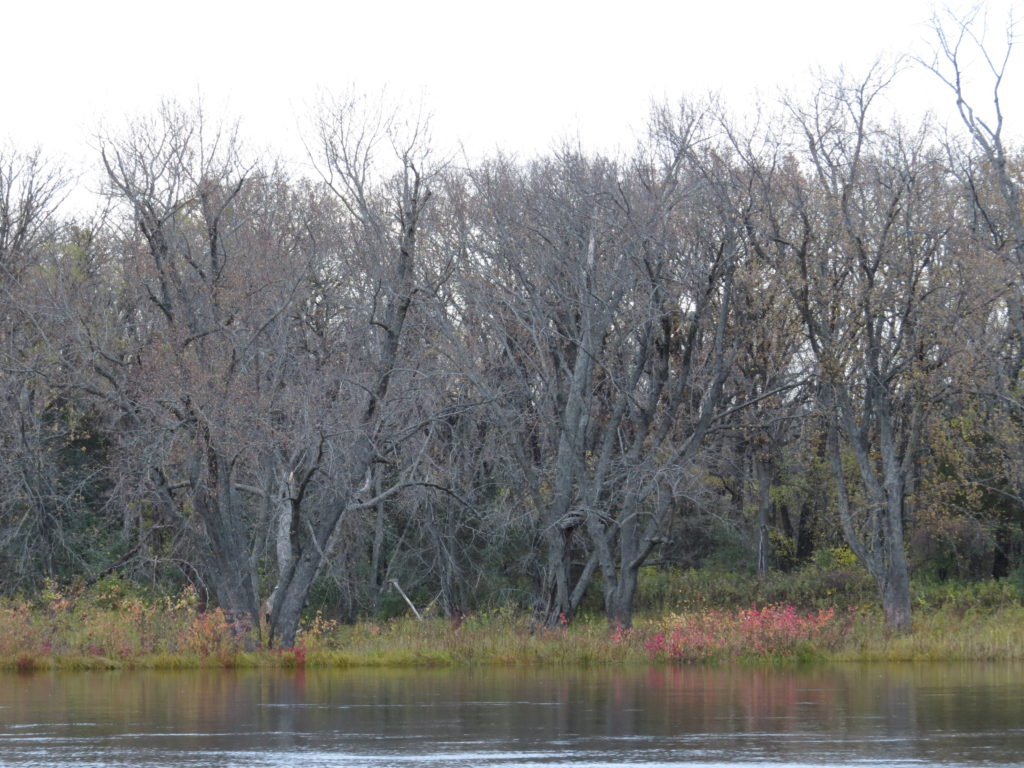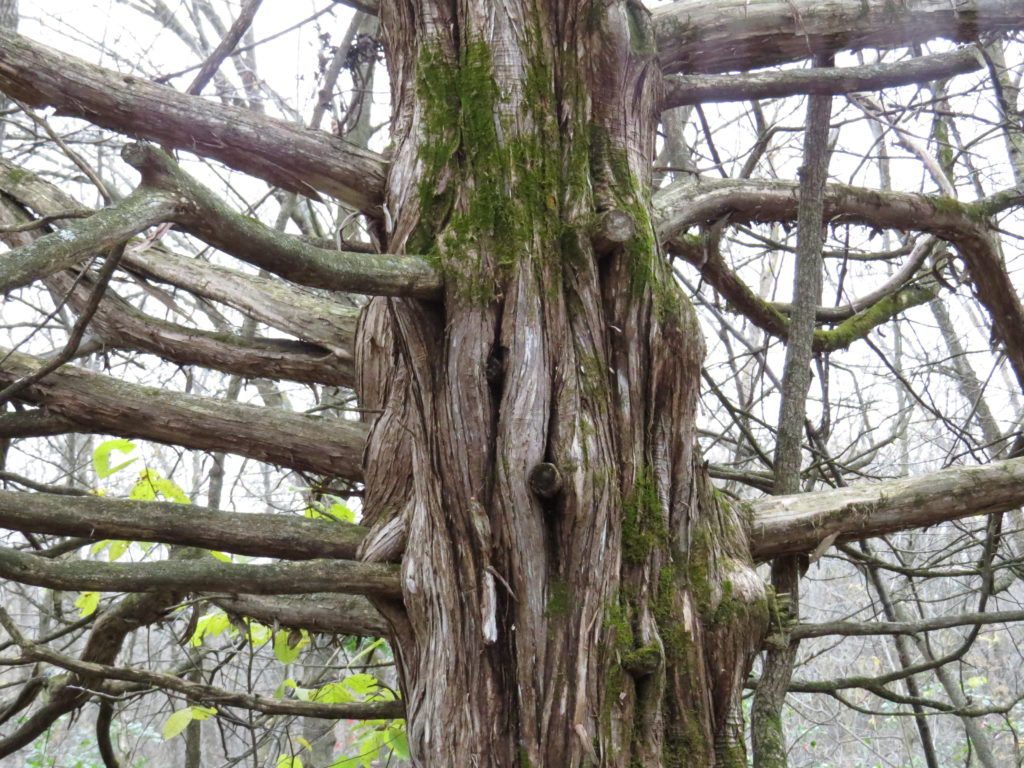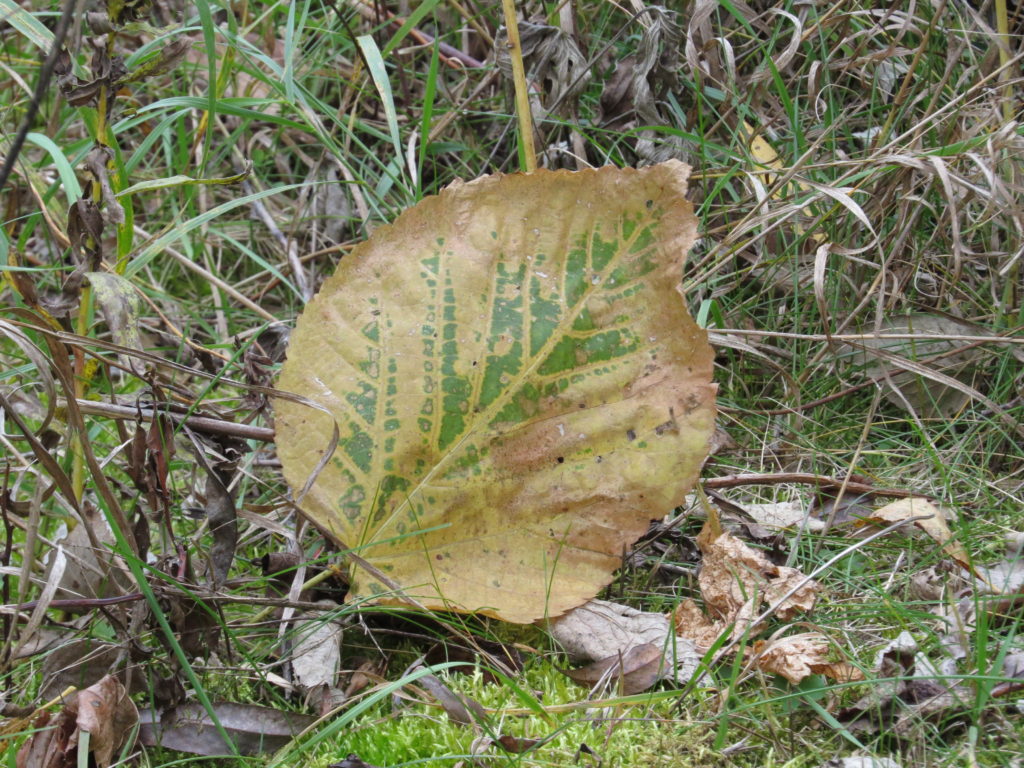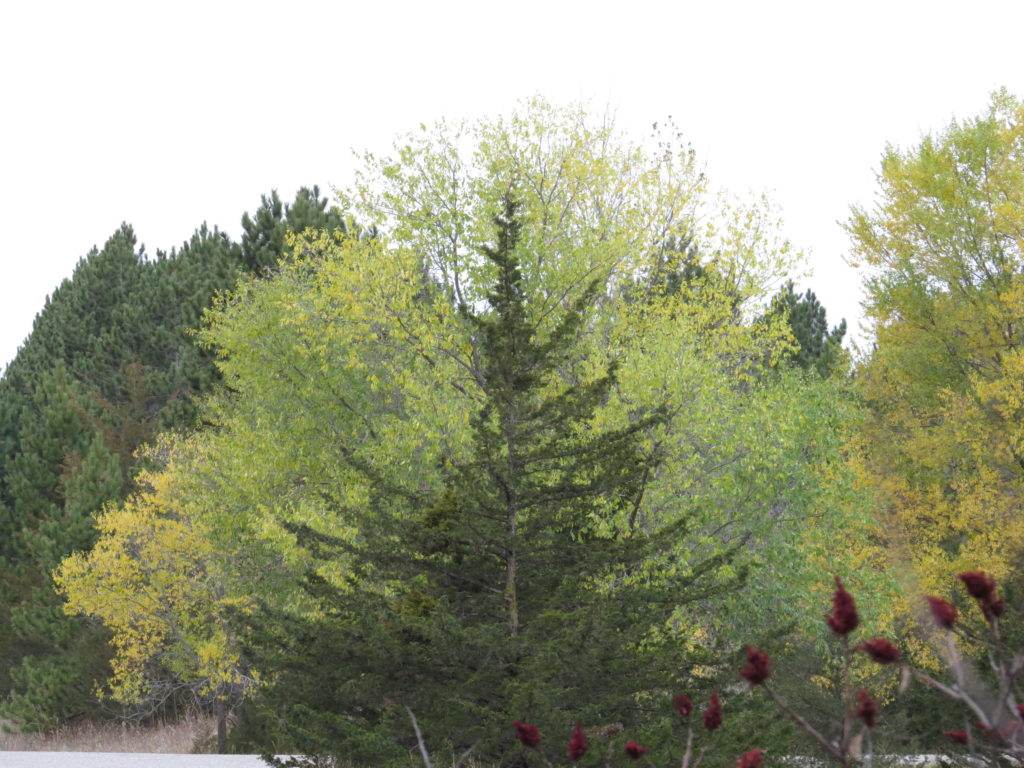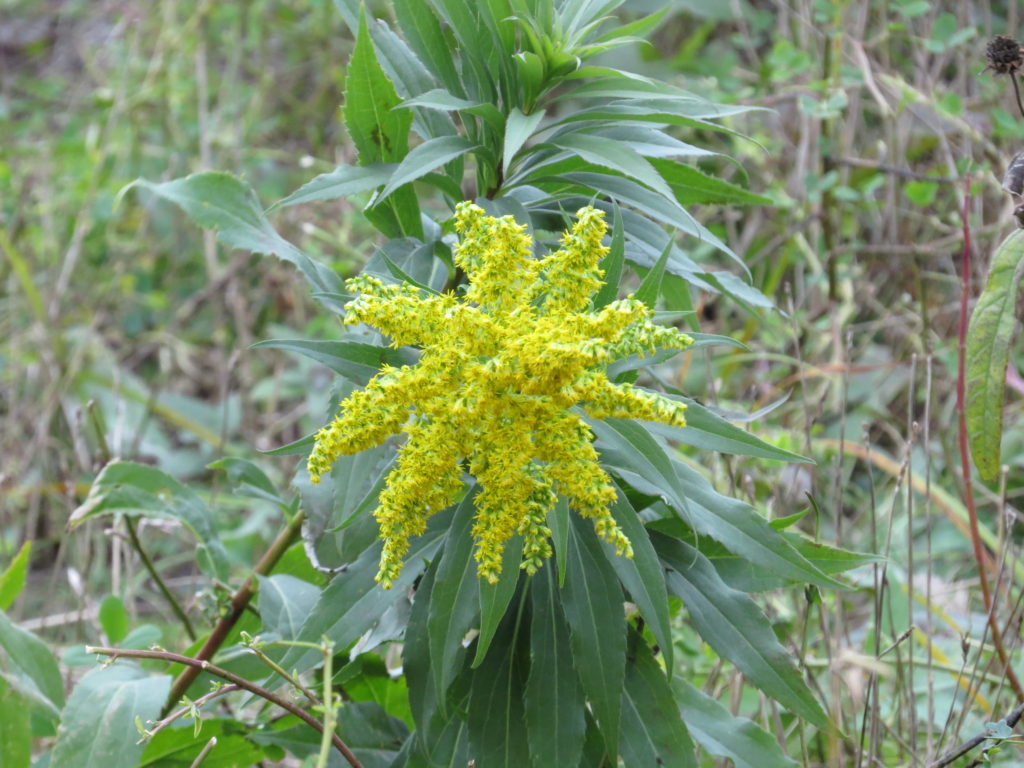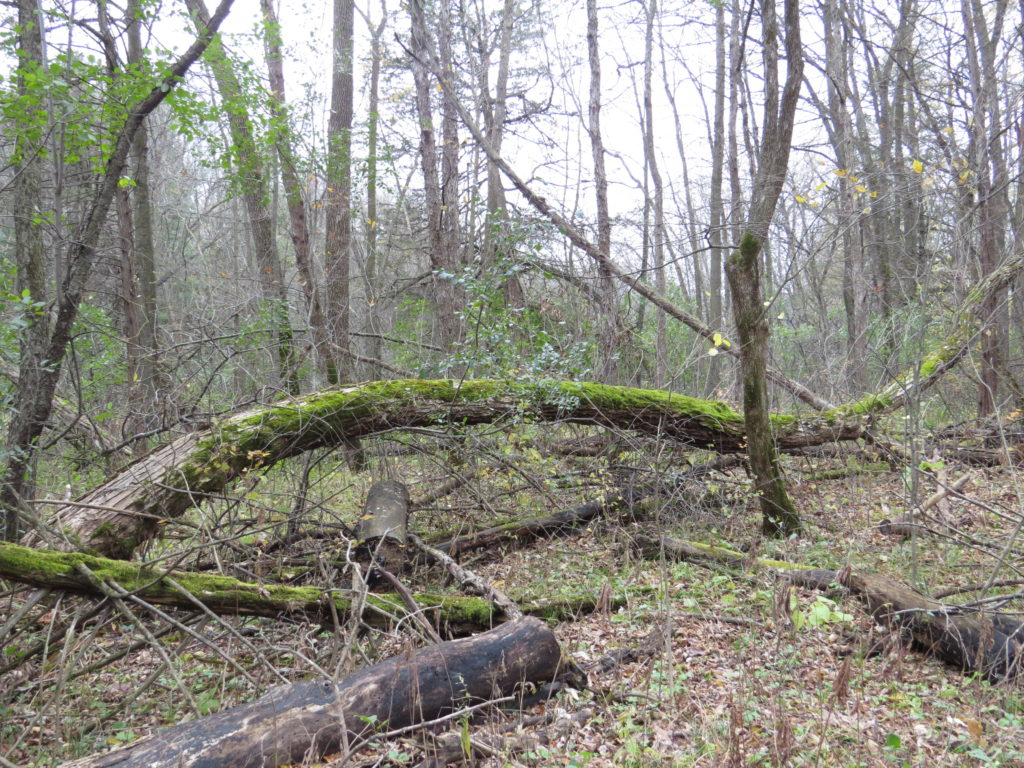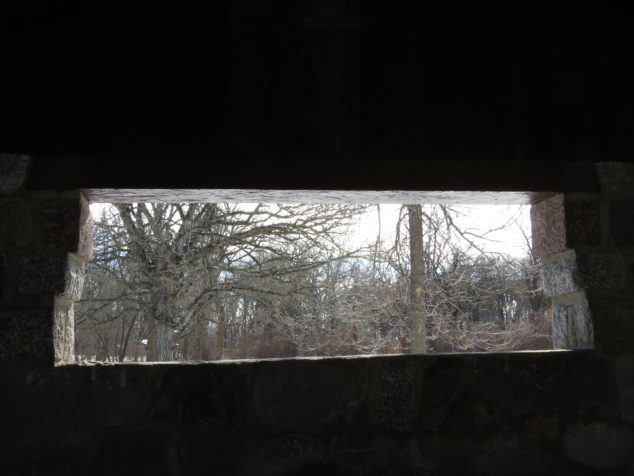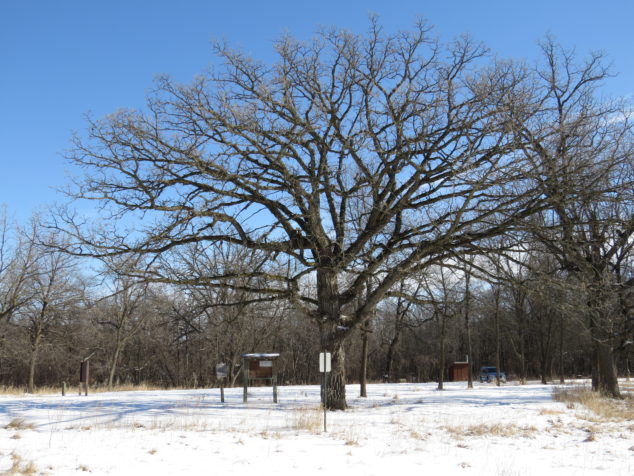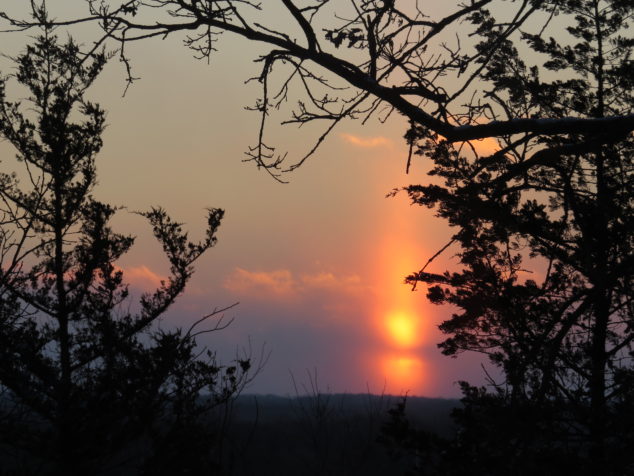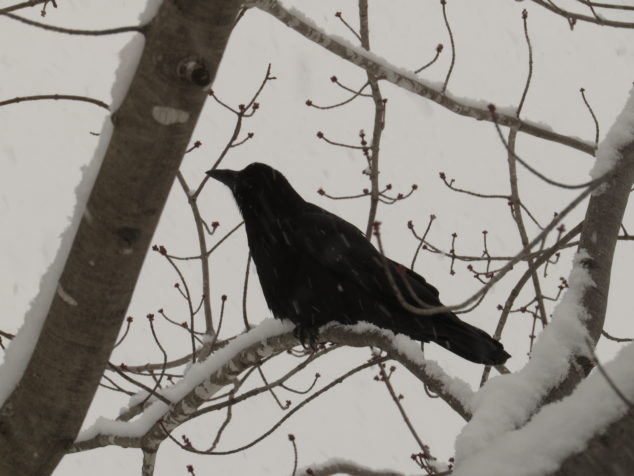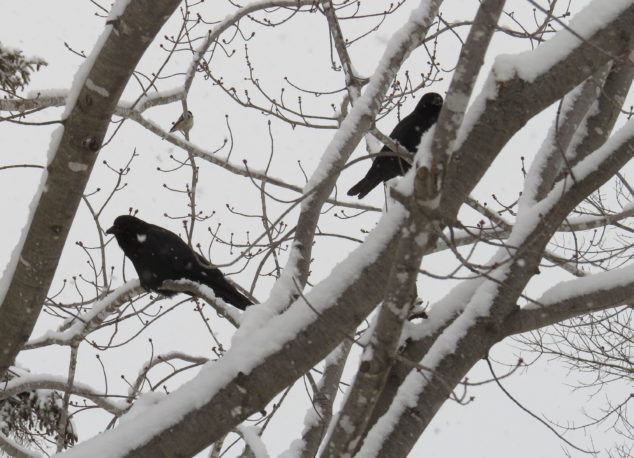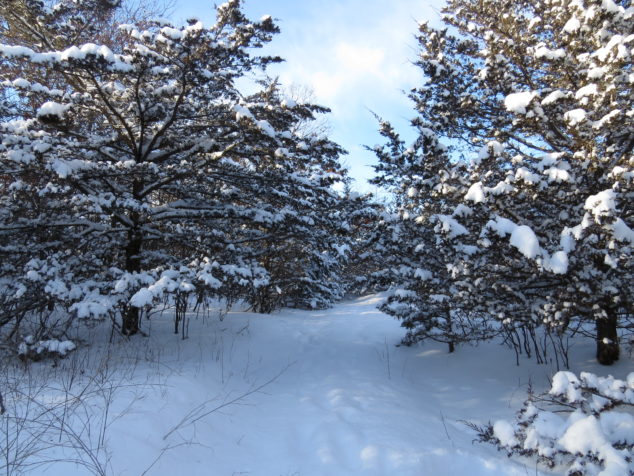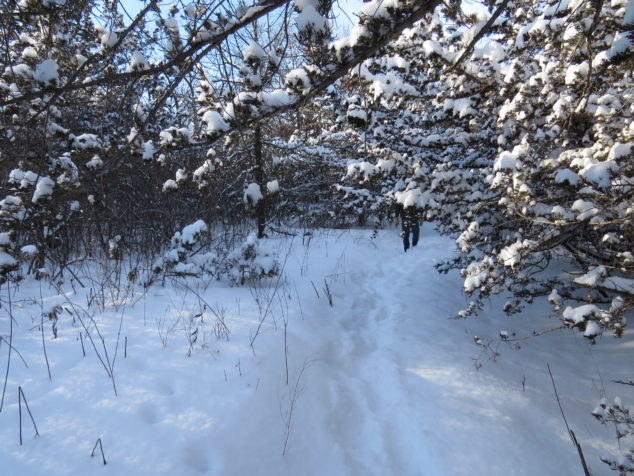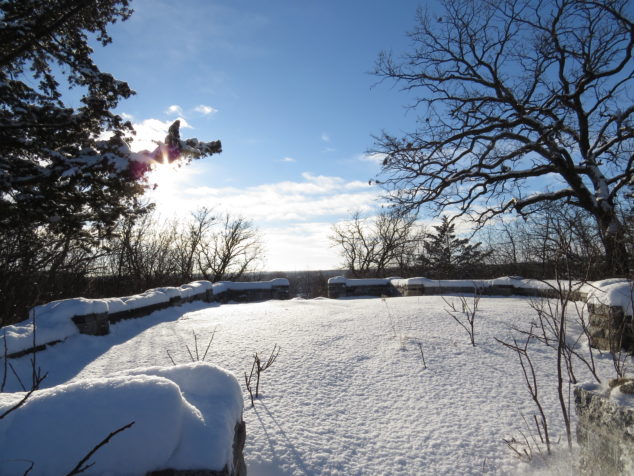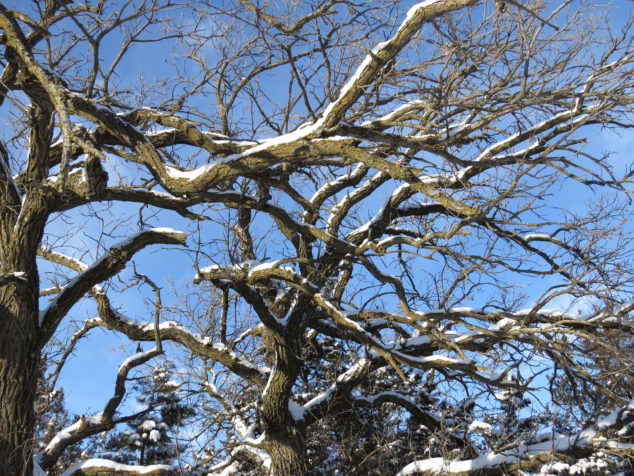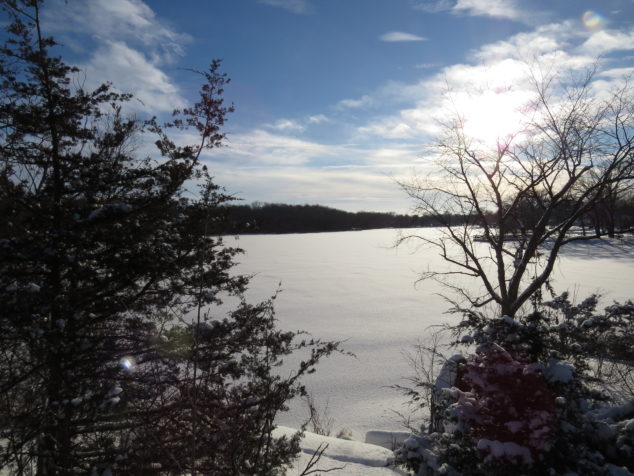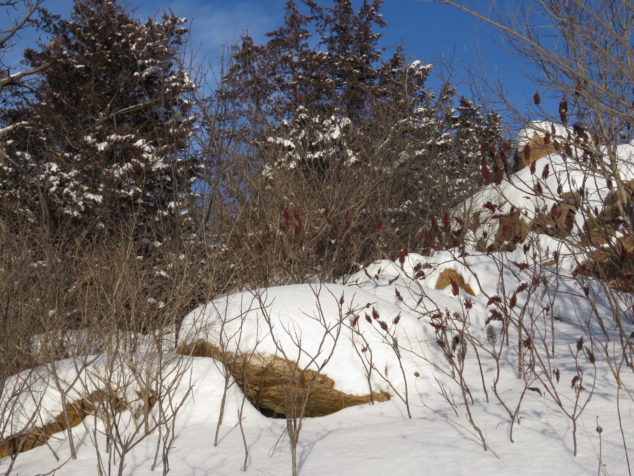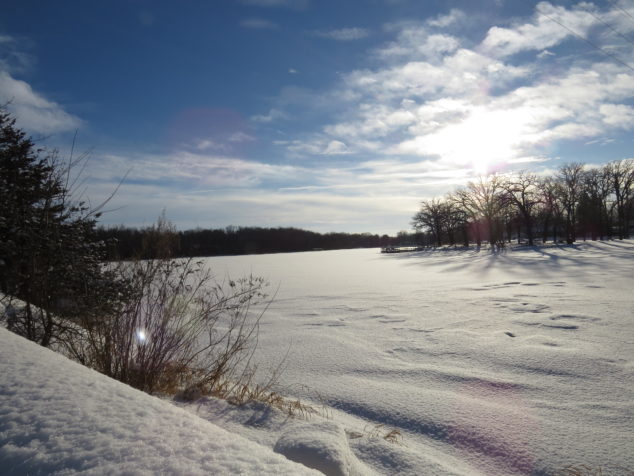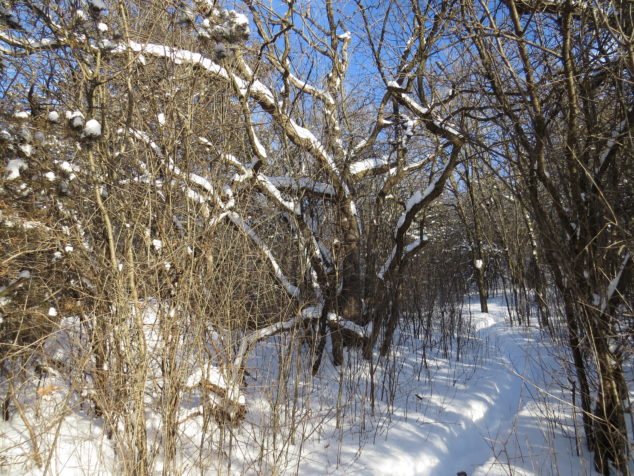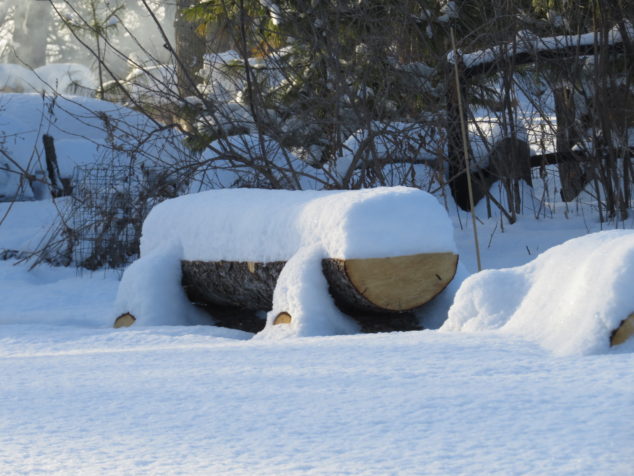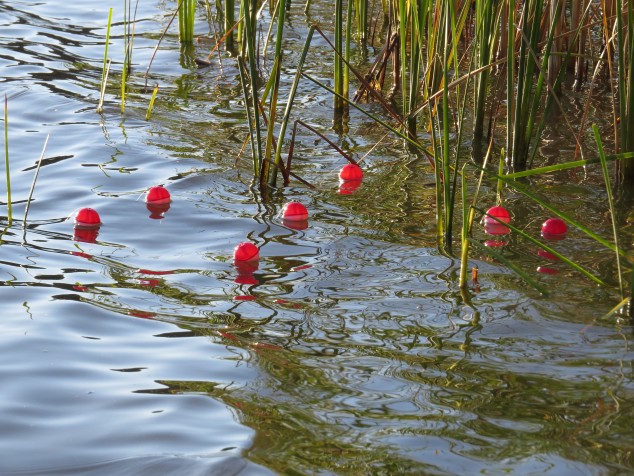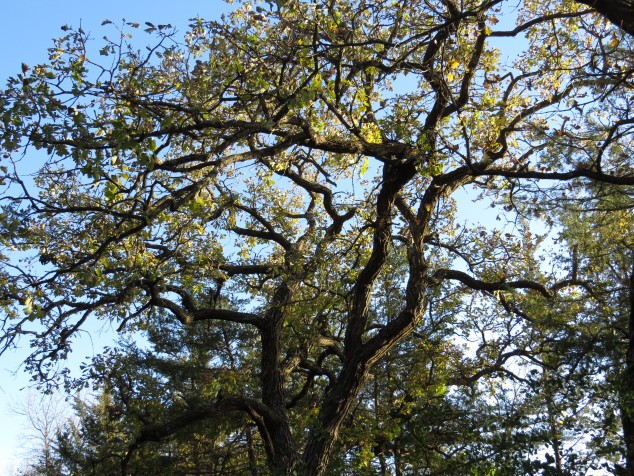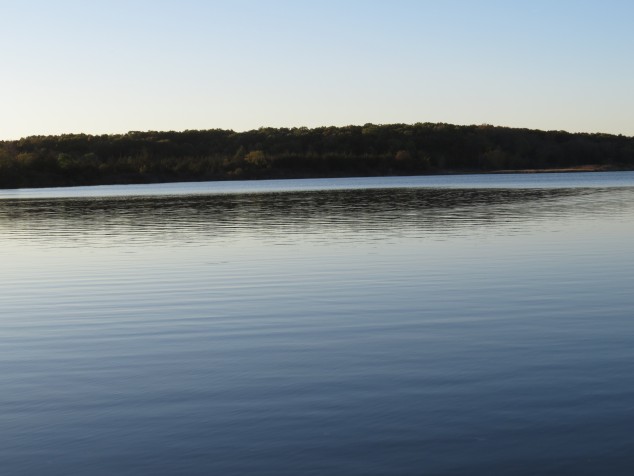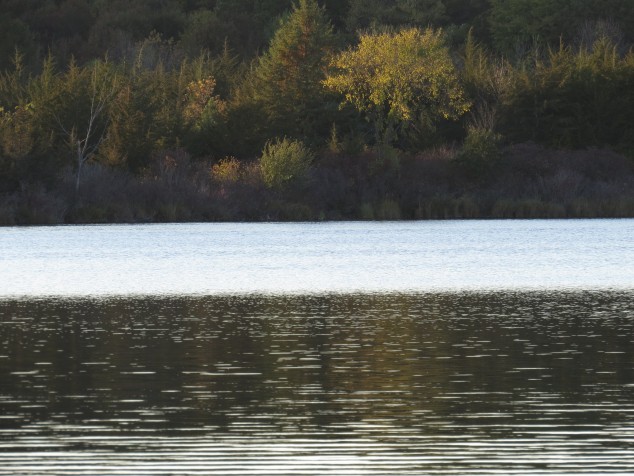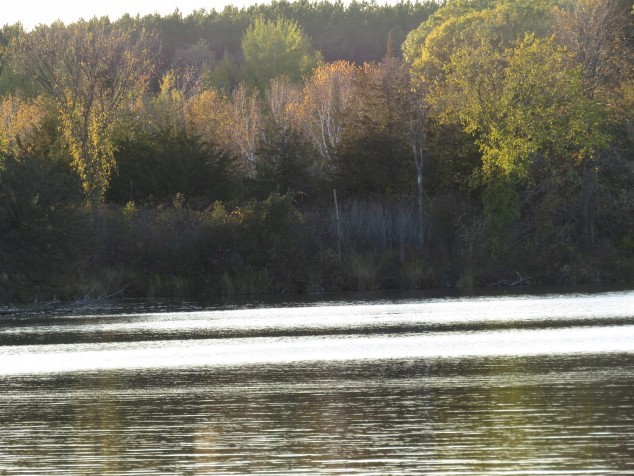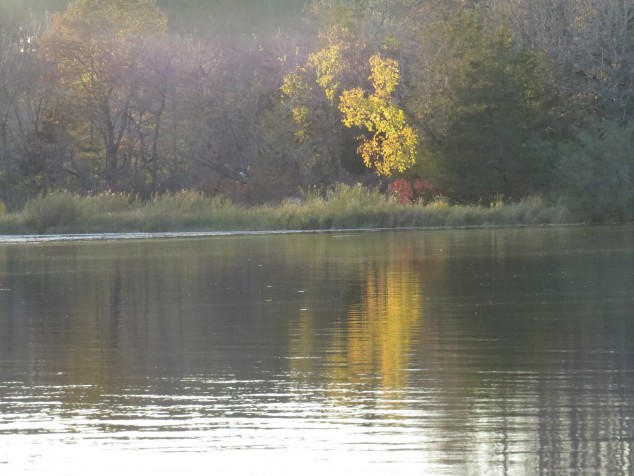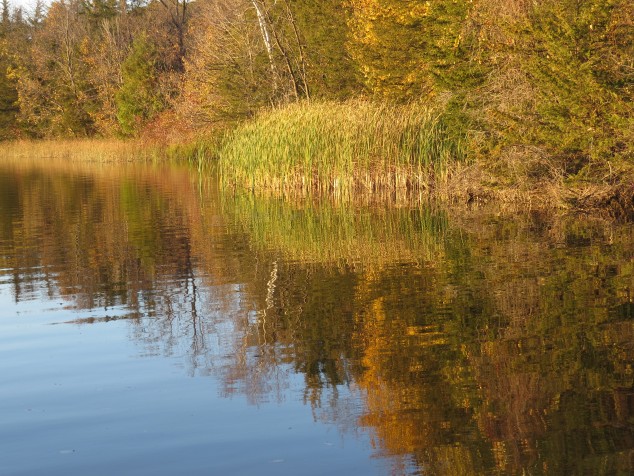Balance. It’s one of those things we are constantly striving for in all aspects of our lives, whether we are aware of it or not. Our physiology is perfectly attuned to balance or homeostasis, always adjusting on the cellular and systemic level to bring our bodies ‘back in balance.’ We know the physical act of balancing (like standing on one foot) is good for our brains, muscle strength, coordination, and stability, and is linked to a longer life. Most of us aspire to a more optimal work–life balance, active–sleep balance, and doing for others–doing for ourselves balance. Our lives are really a great balancing act!
In Minnesota this year (and most), the seasonal scales are tipped towards Winter. We’ve had snow on the ground for over five months. To be fair, late Autumn and early Spring are also the owners of below freezing temps and snowflakes, though most just call that Winter. Where there is balance, there is also a continuum. Two weeks ago, we hiked at Sibley State Park on a trail we hadn’t been on before. We began on the short Pondview Trail, circling a shallow lake, wetland, and clearing. In the middle of the pond was a fresh mound of wetland vegetation with a Canada Goose standing on one leg on top of it. His neck was twisted over his back, and his bill was tucked under his wing. He stood that way for longer than we hiked around the pond, and I marveled at his balance. Herons, shorebirds, ducks, geese, gulls, and even some hawks stand on one leg at times. It is thought to be for thermoregulation—to prevent the loss of body heat from the unfeathered legs. Yet that doesn’t explain why flamingos, who live in warm climates, are often posed on one leg, but scientists speculate they can conserve energy with that stance.

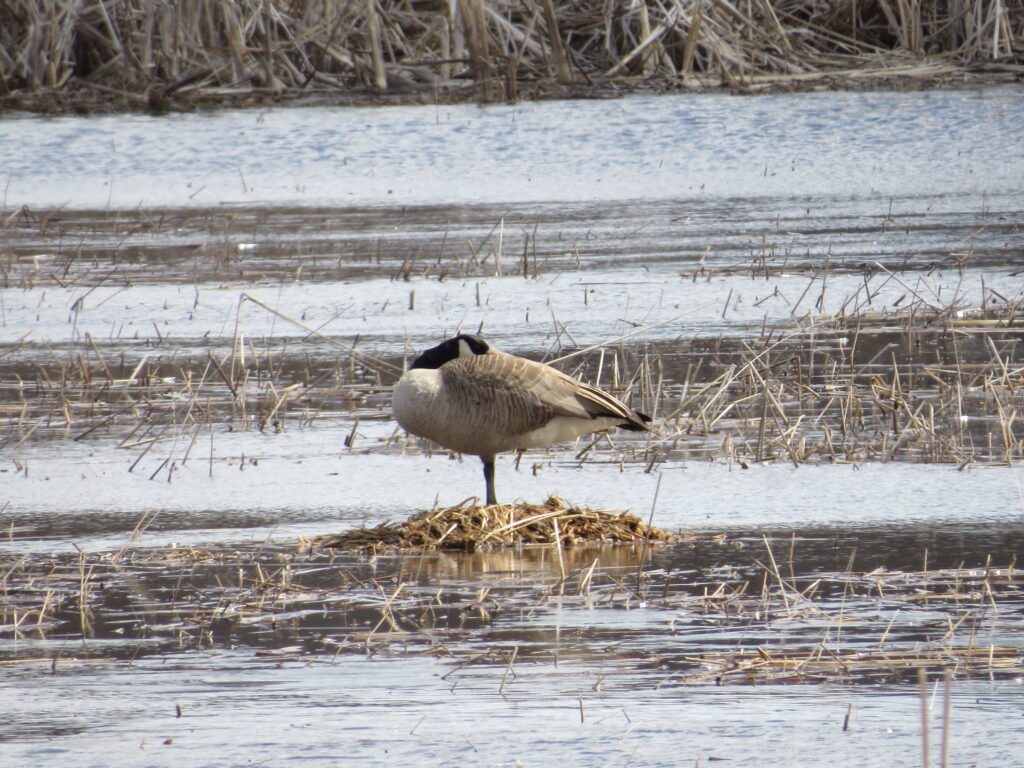
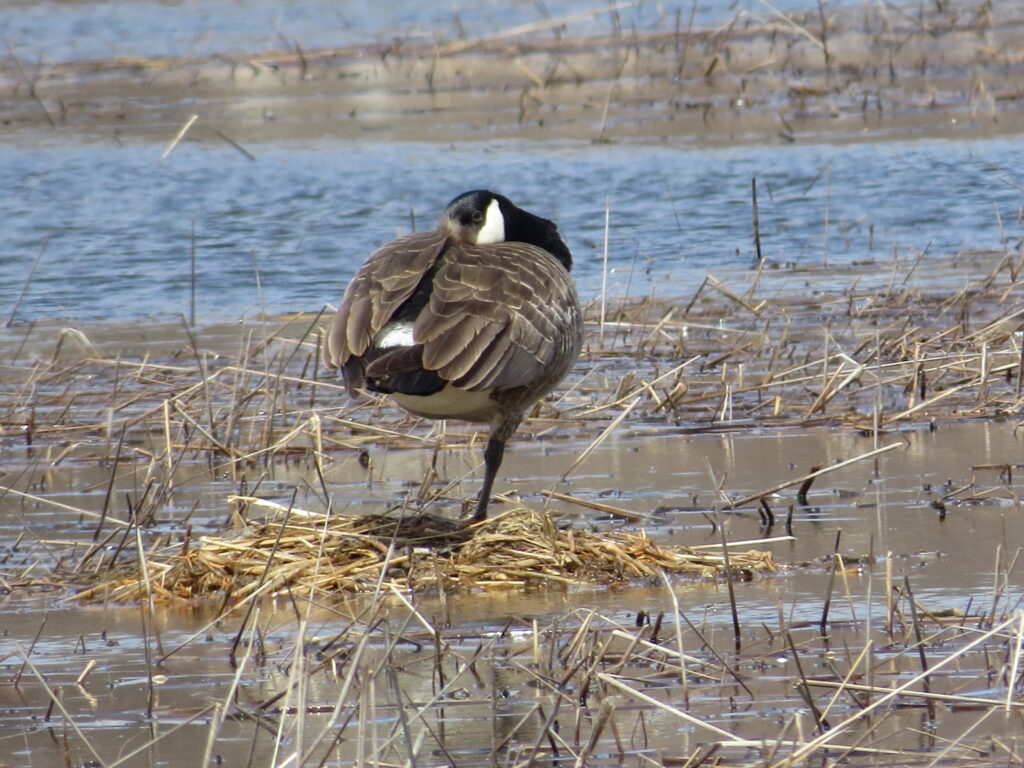
Other waterfowl were more energized by the sunlight and warmer temps—a pair of Wood ducks swam along the reeds, then flew away from the intruding hikers. A pair of Mallards cared little for who was circling their pond as they were busy feeding in a constant bob of bottoms up.
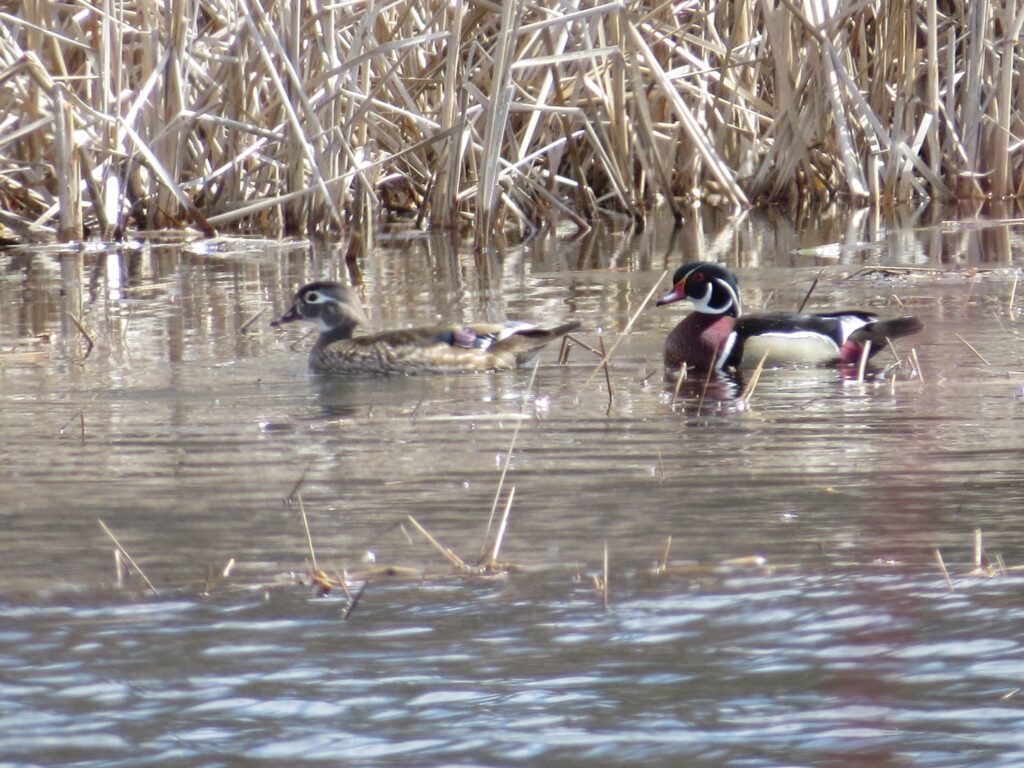
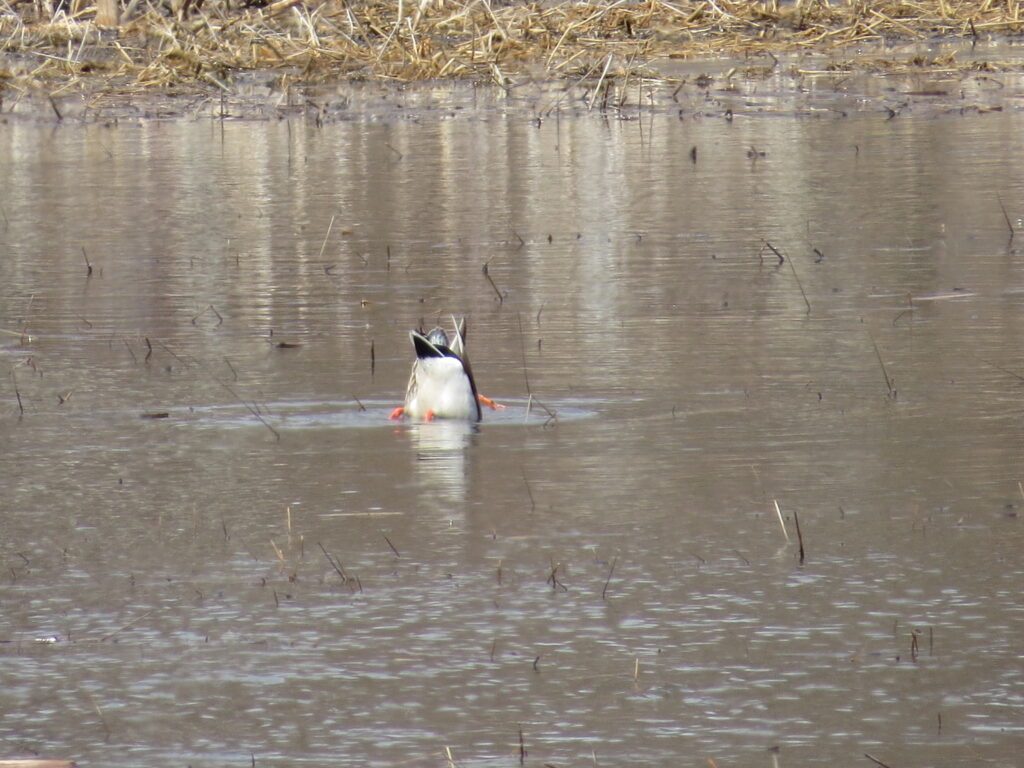
As we left the wetland area, we began to see the primary trees that inhabited this woodland—tall, stately Cedars and spreading Oaks, along with scatters of Aspens on the sunny fringes. We walked in honor of Arbor Day that would be celebrated later that week. We walked as tree-lovers, tree-planters, tree-caretakers. Chris is nearing fifty years of working with trees as his career!
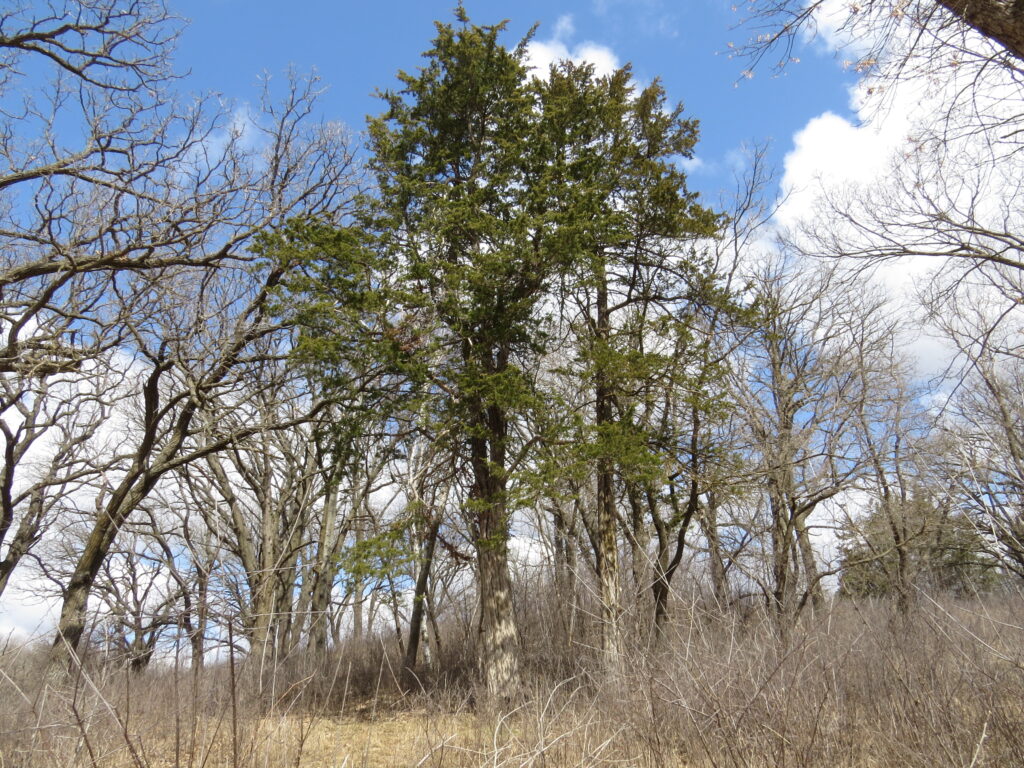
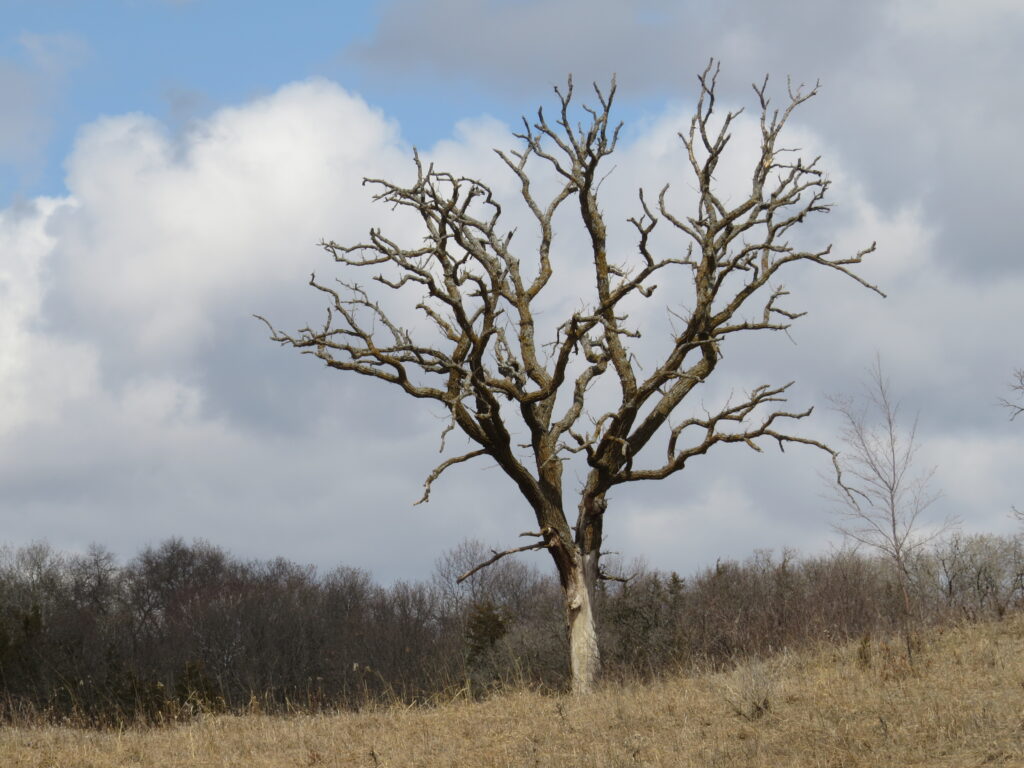
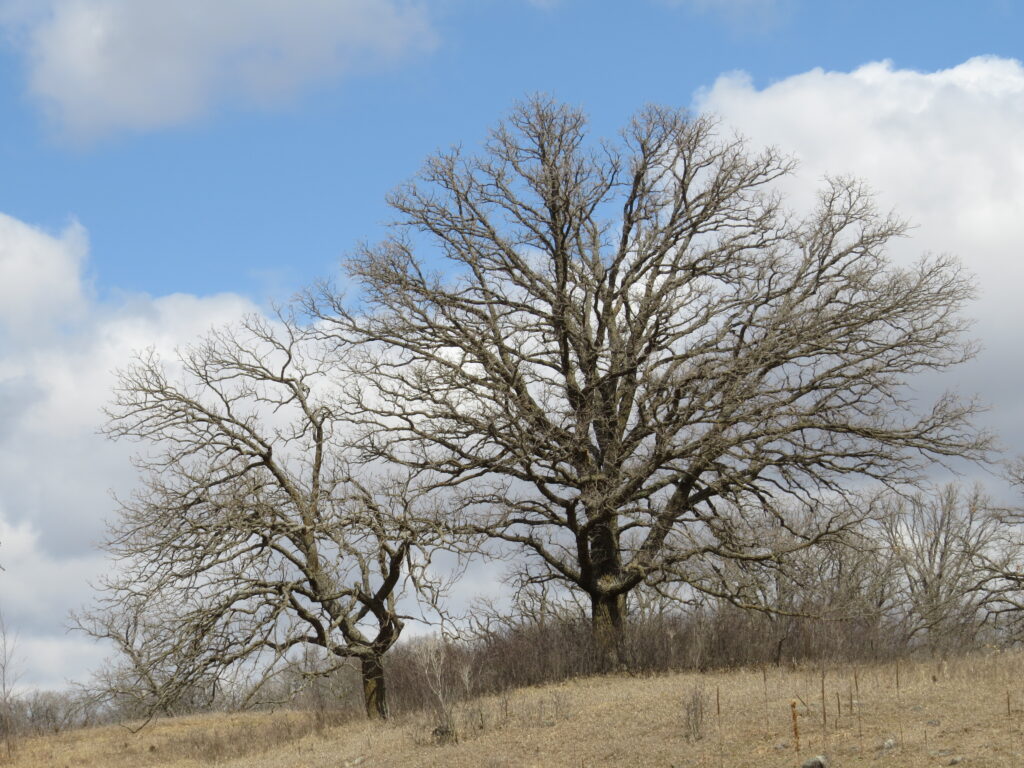
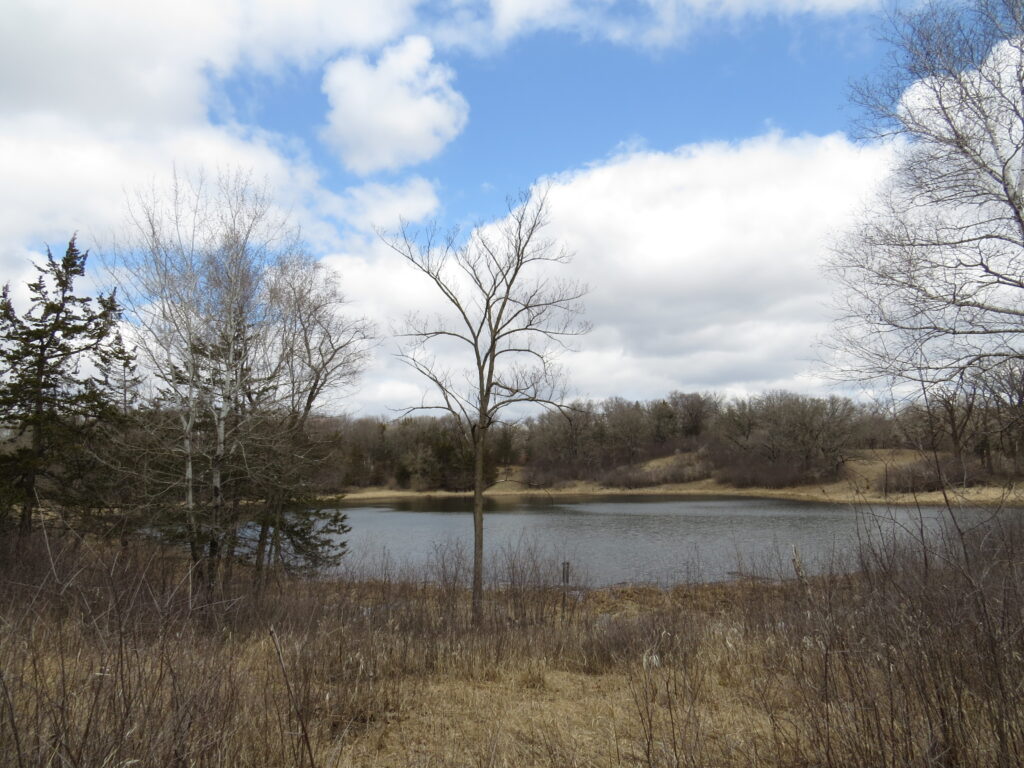
As we walked farther into the forest, snow still covered the trail in places. Turkey tracks looked like arrows pointing us in the opposite direction in which they walked. Coming and going. Back and forth. The motion of balance.
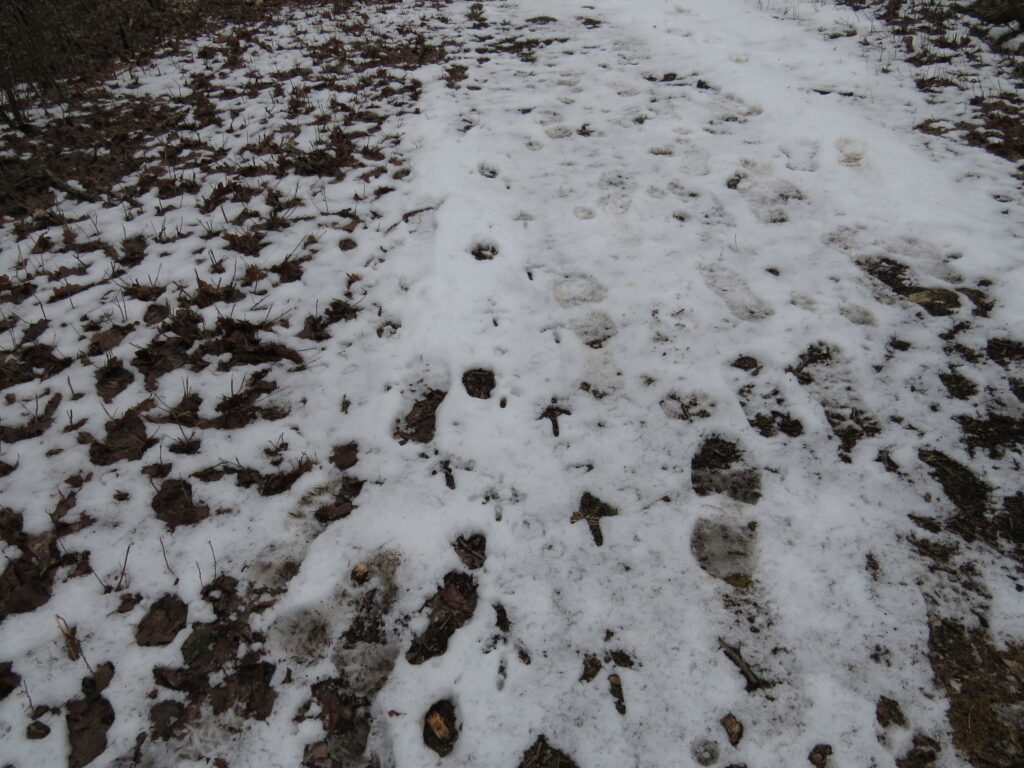
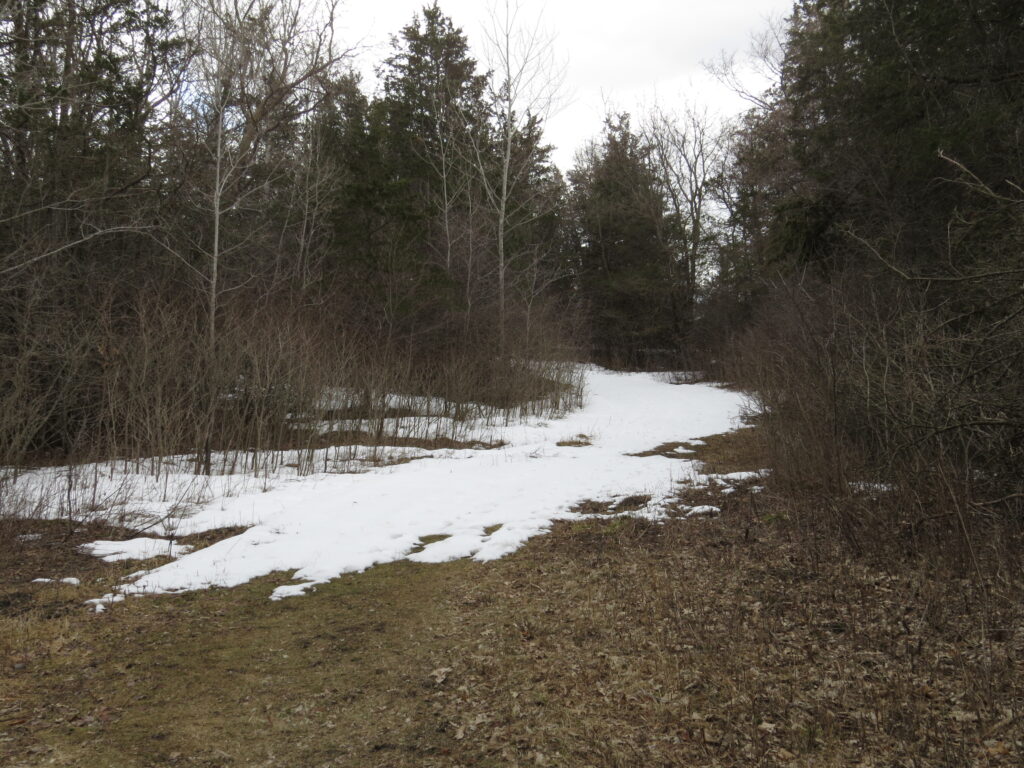
We passed by an old Cedar with branches flowing down to the ground. On such an old tree, the lower branches often die back with lack of sunlight. Its sturdy trunk with flared roots as large as legs and its drooping branches created a shelter of sorts that I’m sure was used by some critters during the long, snowy Winter.
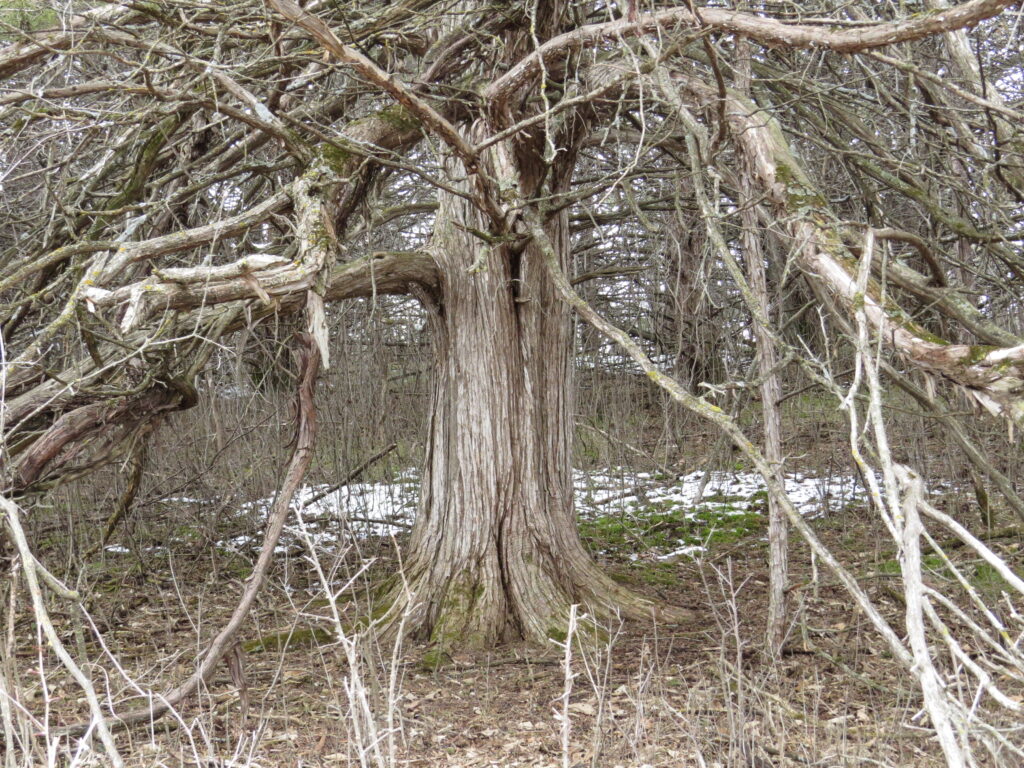
We spotted an old rock foundation in the woods and followed a well-marked! deer trail to an old homestead, complete with the rocky remains of a cellar. The forest was reclaiming what once ‘belonged’ to man.
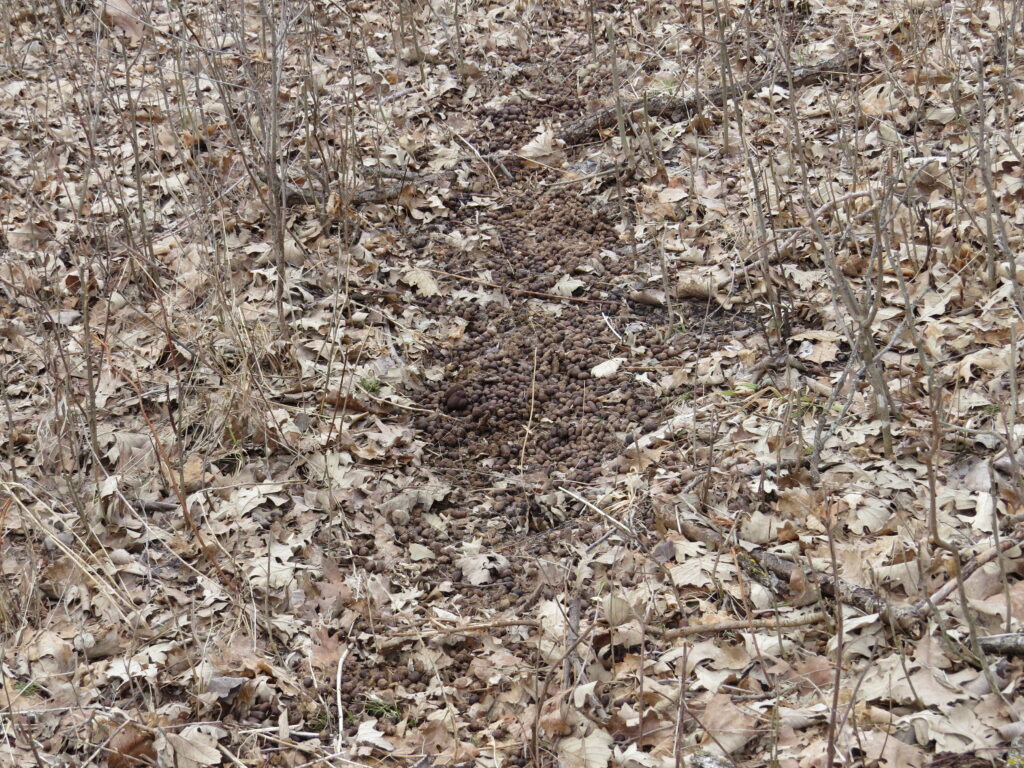

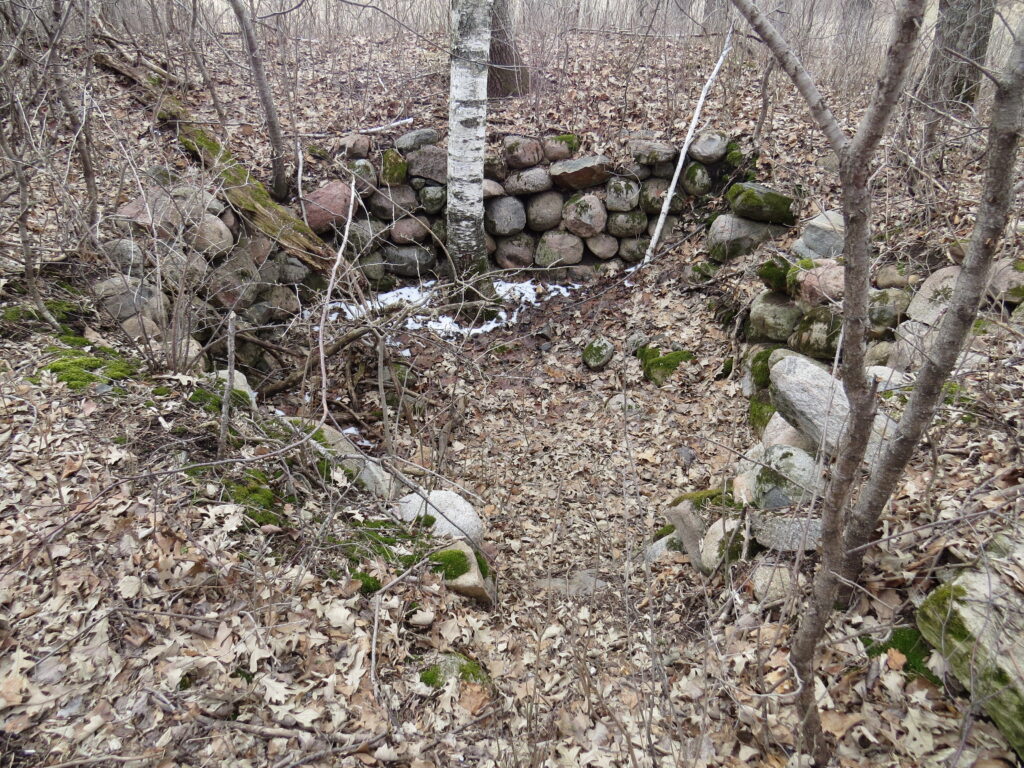
Much later down the trail, we saw where an old Oak had literally claimed an enamel vestige of the homestead.
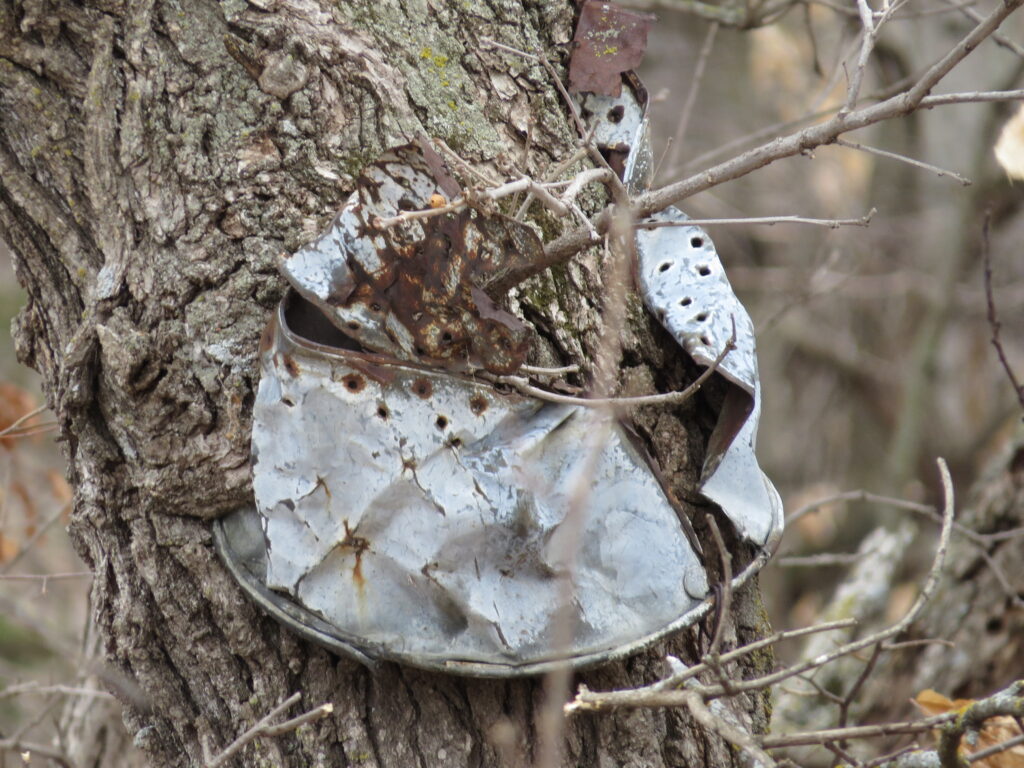
The trail was a wonderful combination of sunny Oak stands and shadowy, snowy Cedar stands. It is a bit unusual to see such large Cedars as a significant portion of a forest. Unusual and wonderful.
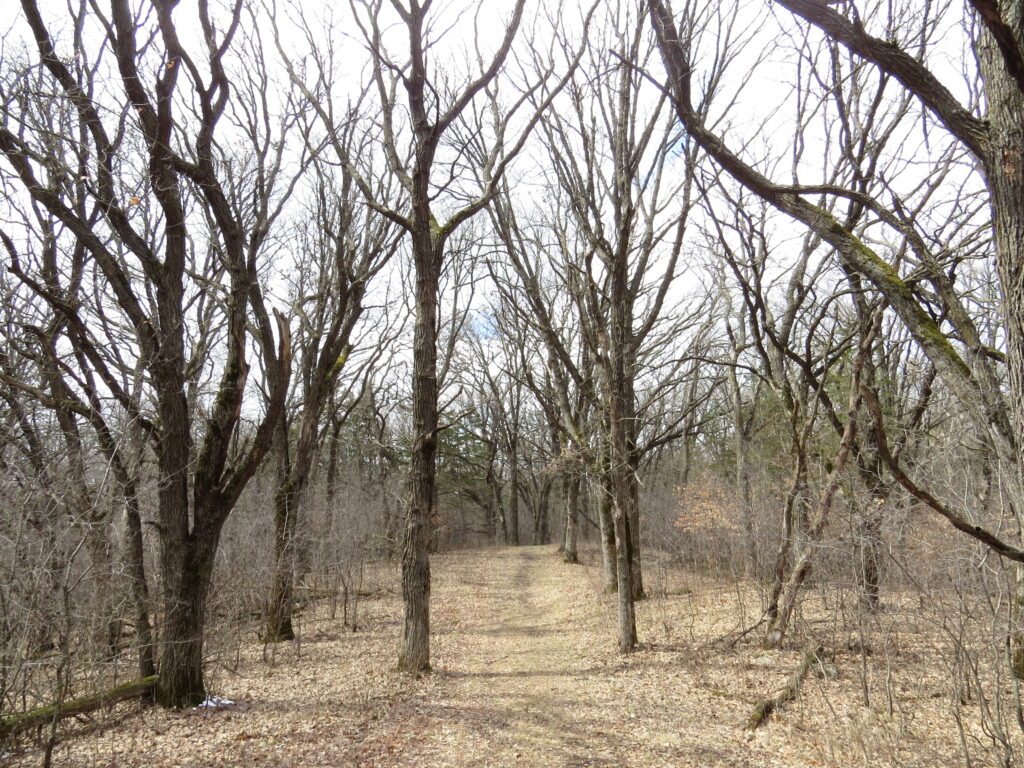
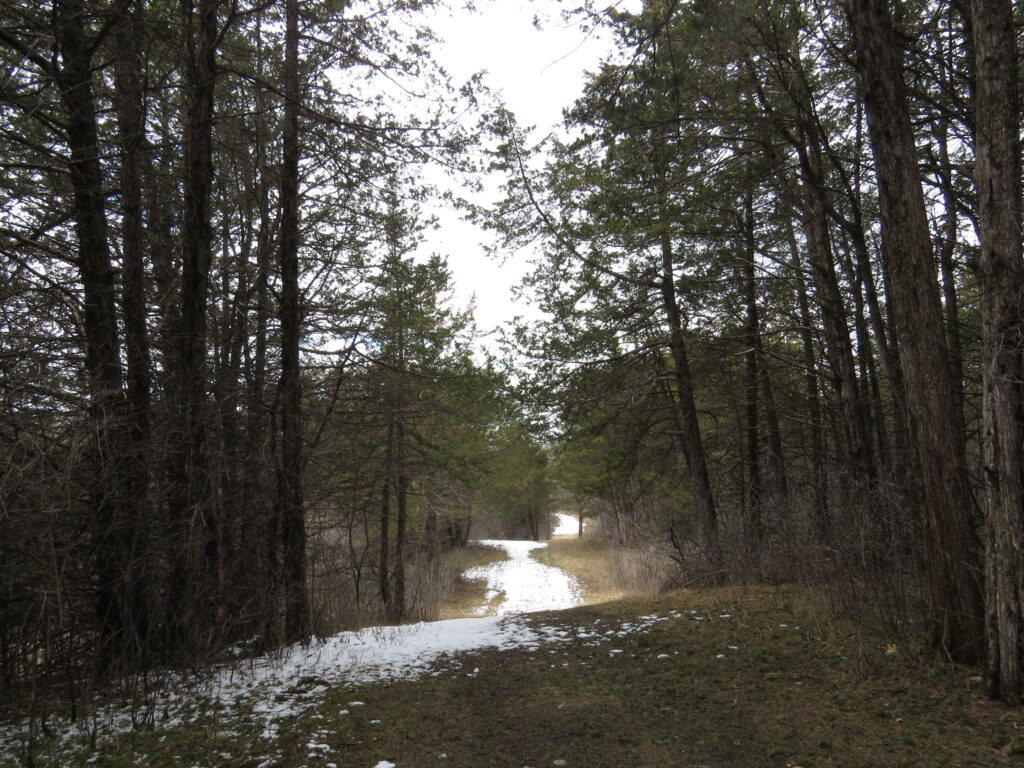
Two bright spots on the hike were a yellow, lichen-covered stick and a Snowy Egret perched in the dried reeds of the wetland.
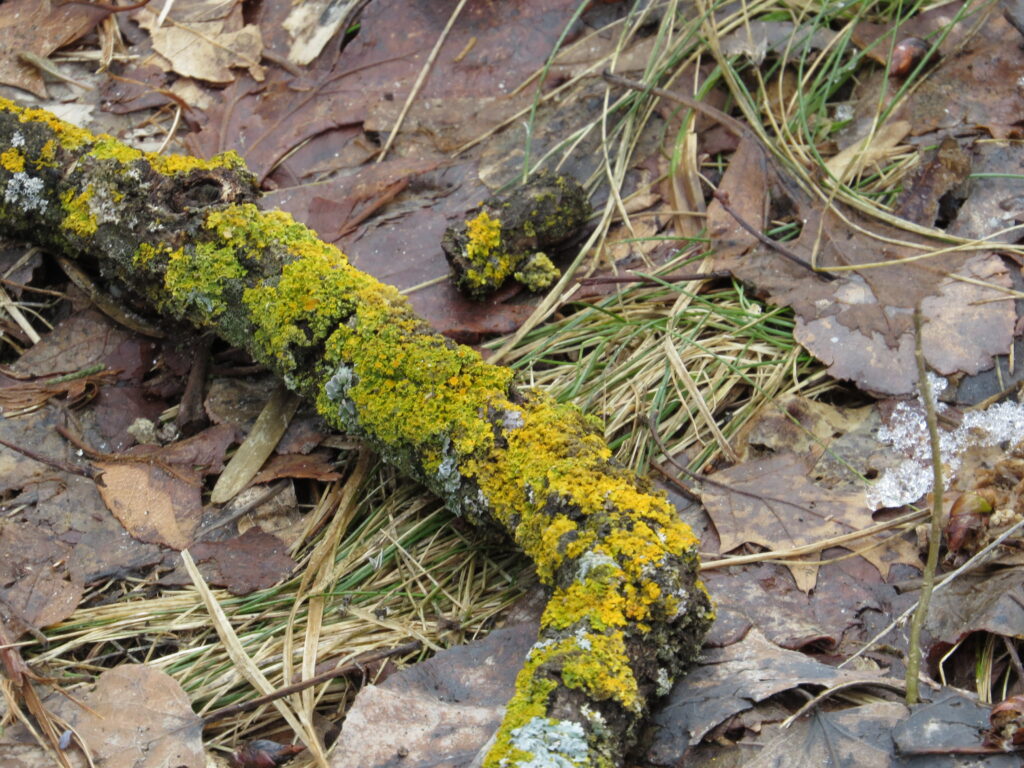
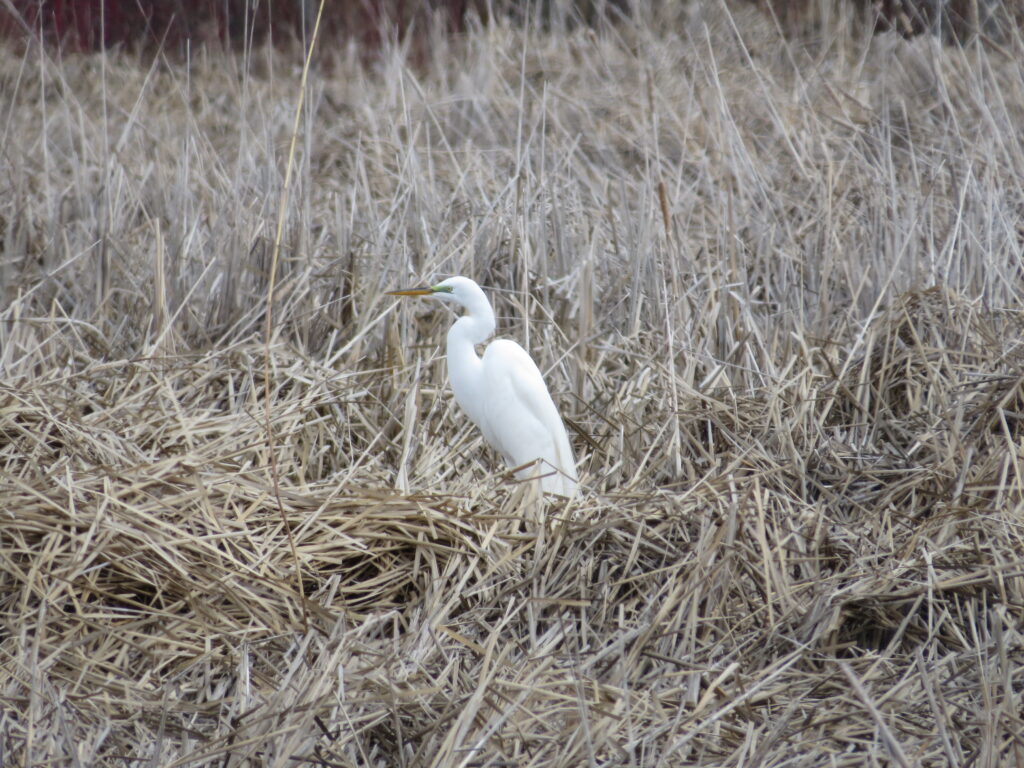
And towards the end of the trail was a moss-marked tree that resolutely confirmed our tree-loving hike!
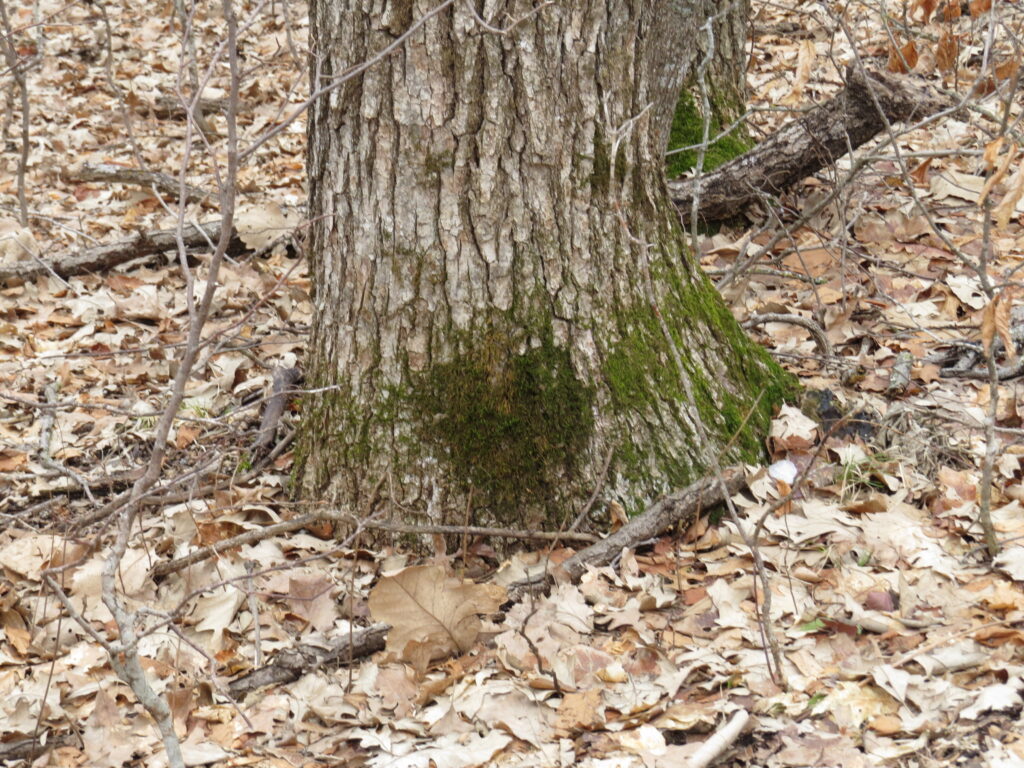
Walking among the trees, those great, grounded, balanced beings, is an act of balance, a balancing act(ion). There is motion in balance—one way, then the other. We usually know when we or thee are too far to one side—when things are out-of-whack. It takes considerable energy to maintain such an unnatural stance, and the cost to the organism or system is great. A balancing act can be a move (how about ‘tree pose’ or ‘flamingo pose’?), a behavior (like a hike in the forest), service (to people or our Earth), work (oh-so-many kinds), or pretend (our imaginative, fun side). It takes time and energy to ‘right’ ourselves, but once a more natural balance is achieved, life is easier again. We are ‘in the flow’ of life. The motion of our balance is measured and easy, like a tree swaying in the breeze.
